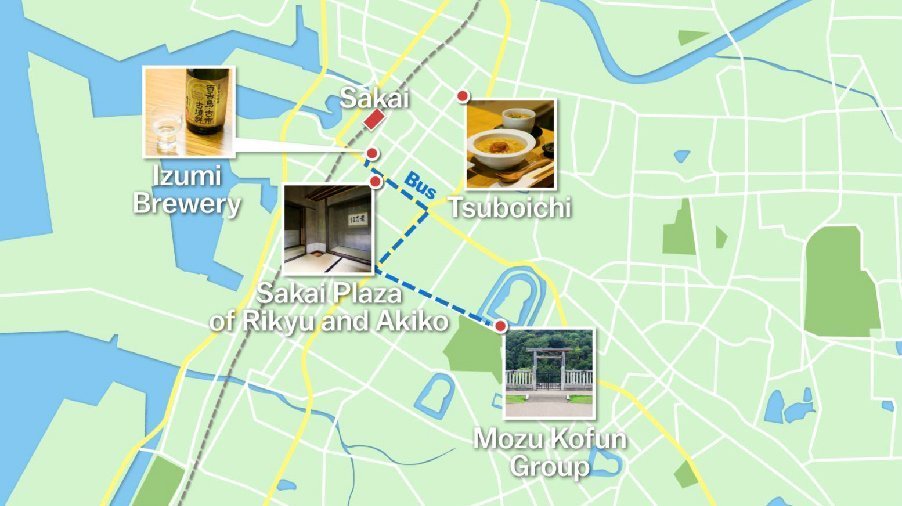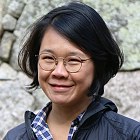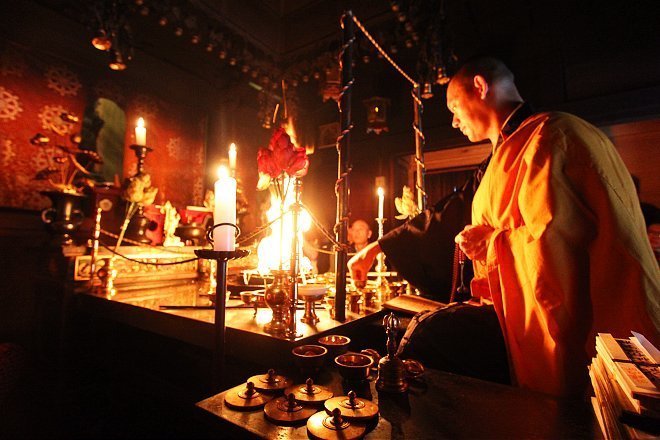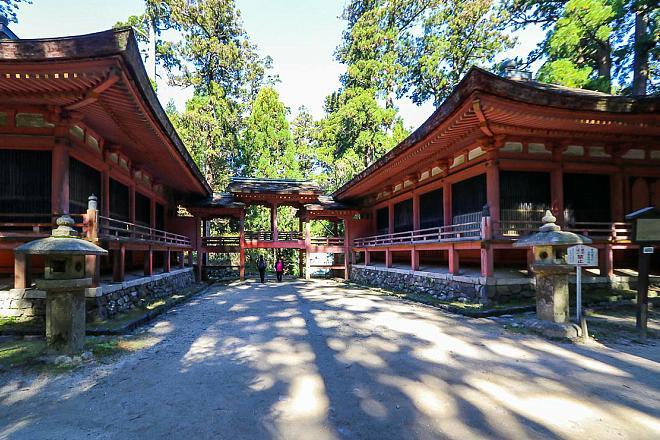2-day trip to Koyasan and Sakai
The Kansai Region is home to a wide variety of sightseeing spots and has something for everyone who visits. On this trip, I made an overnight trip from Kansai International Airport to Koyasan in Wakayama and the port city of Sakai in Osaka. Both places are directly connected to central Osaka, which is easily accessed from the airport by Nankai Railway.
Koyasan is a spiritual mountain that was established as the center of Japanese Shingon Buddhism in 817 by Kobo Daishi, the venerated founder of the religion. Religious activities are still being carried out at the numerous temples on the mountain, and visitors can gain a sense of a working temple when they stay overnight at one. Sakai used to be a thriving port town and was the gateway into Osaka before the advent of modern transportation. Today, the town still retains a fair bit of its charm and has a rich background in tea and sake.
Day 1
Upon arrival at Kansai Airport, I made my way to the n.e.s.t counter near the Nankai Railway ticket gates which offers luggage forwarding to central Osaka and Kyoto. By sending my suitcase directly to my Osaka hotel where I would be staying later on, I was able to travel to Koyasan and Sakai hassle-free with just a simple overnight pack.
Koyasan Station stands at over 800 meters in elevation, and the Koyasan Cable Car makes the journey in about five minutes from Gokurakubashi Station at 550 meters. From the station, I took the bus to Senjuinbashi in the center of the town of Koyasan from where I began my exploration of the sacred town and its revered spots.
My first stop was Kongobuji Temple, the head temple and official headquarters of the Koyasan Shingon sect. I found that it was a good place to start my exploration, as the temple gave information of Kobo Daishi's journey to Koyasan and the early history of the town as well as insight to traditional Japanese design and architecture.
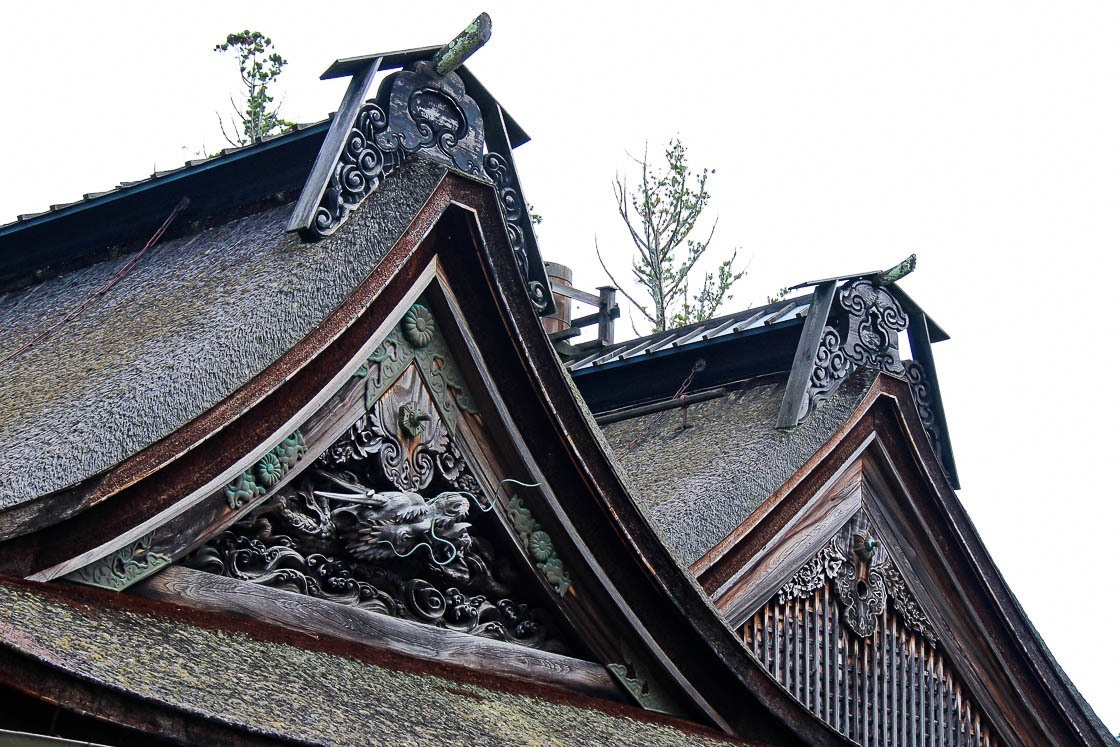
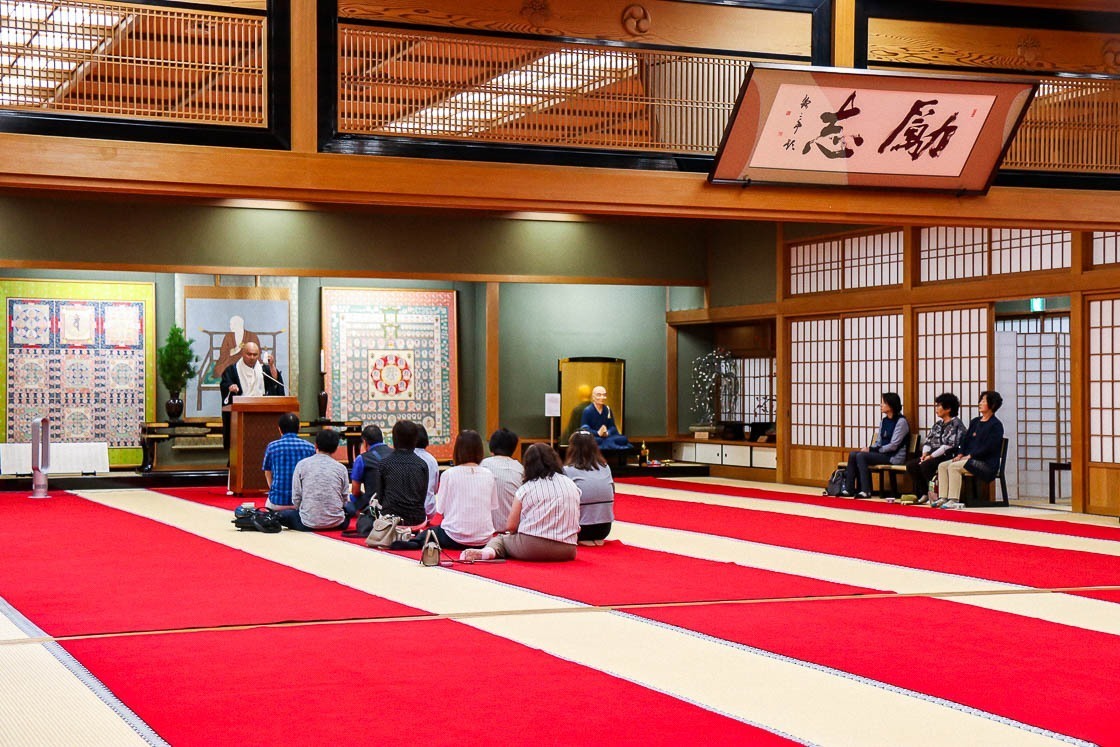
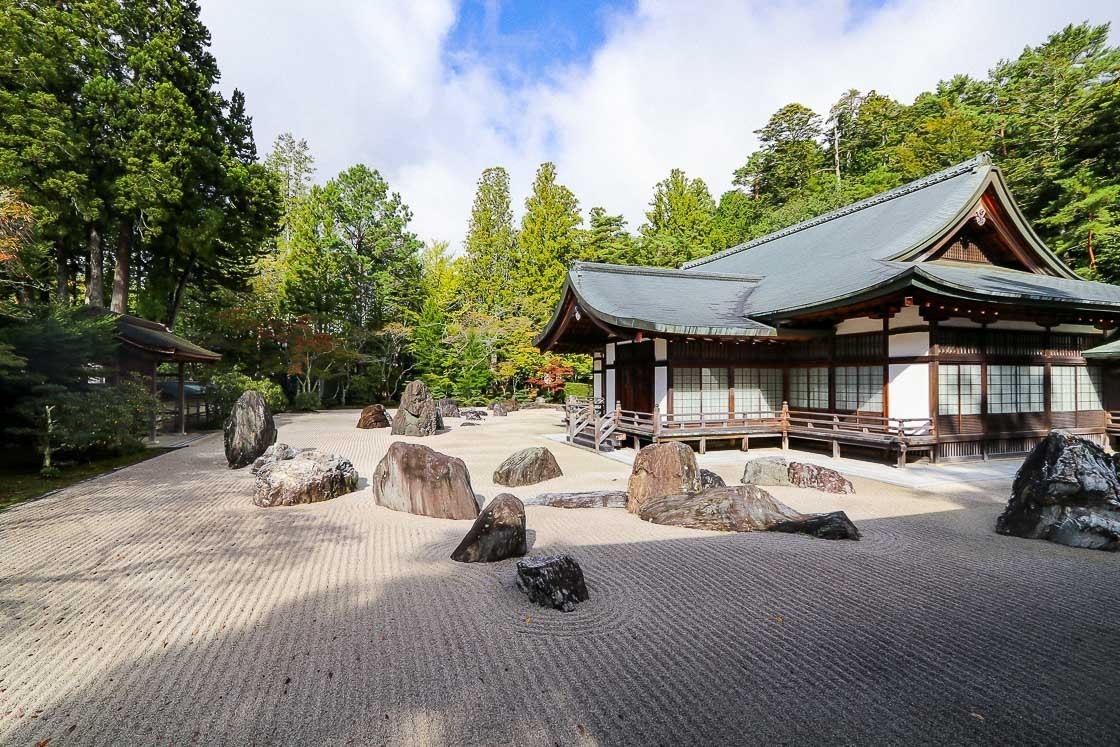
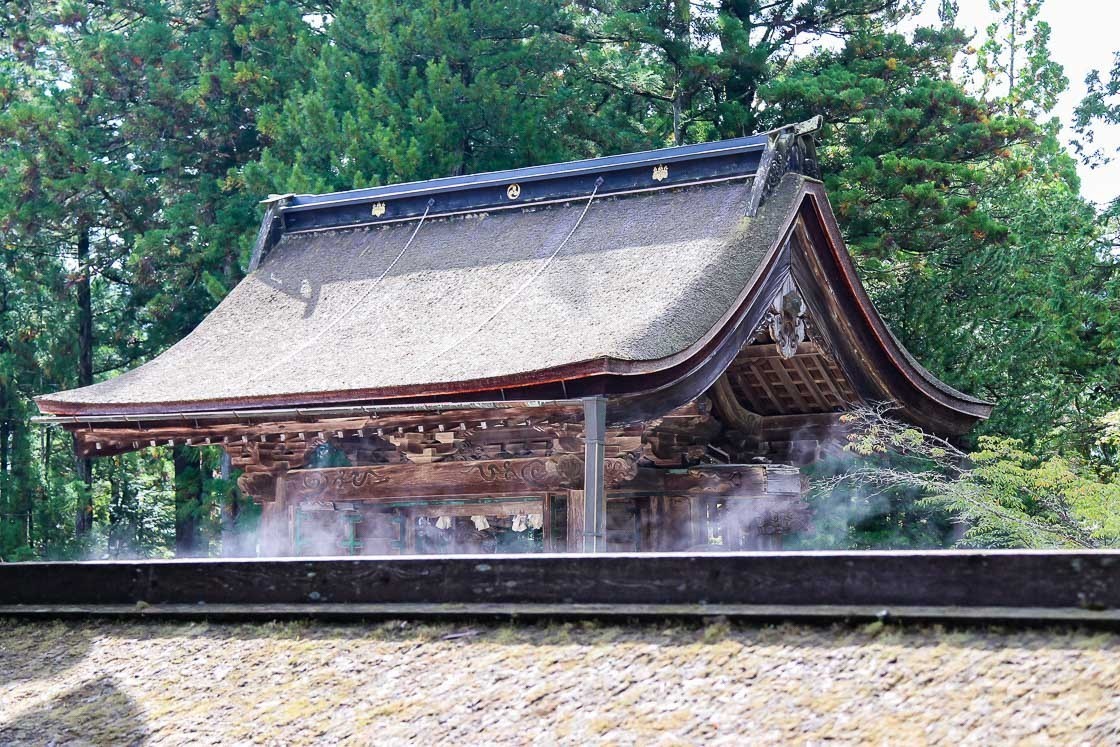
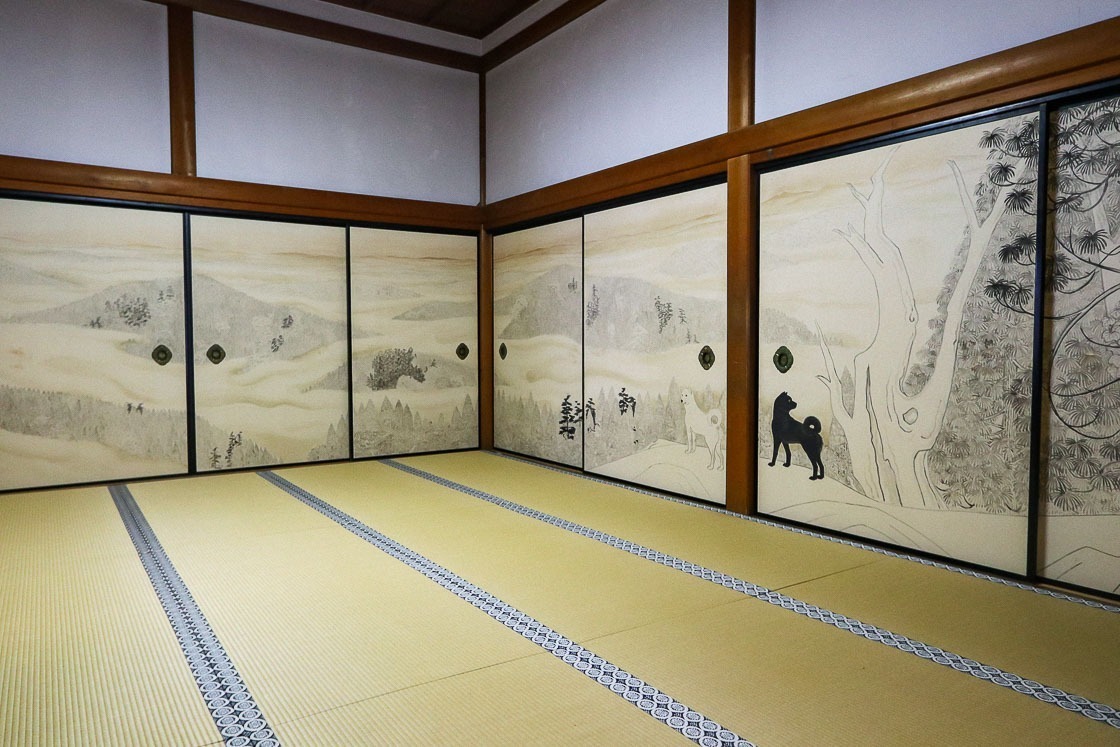
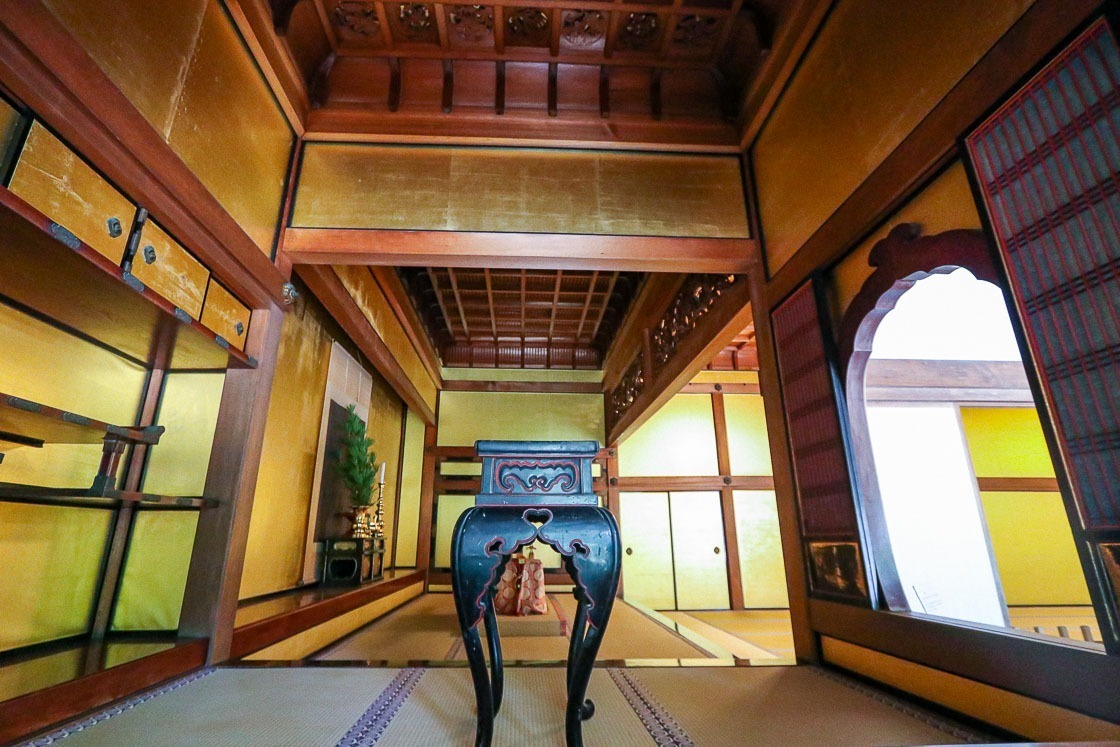
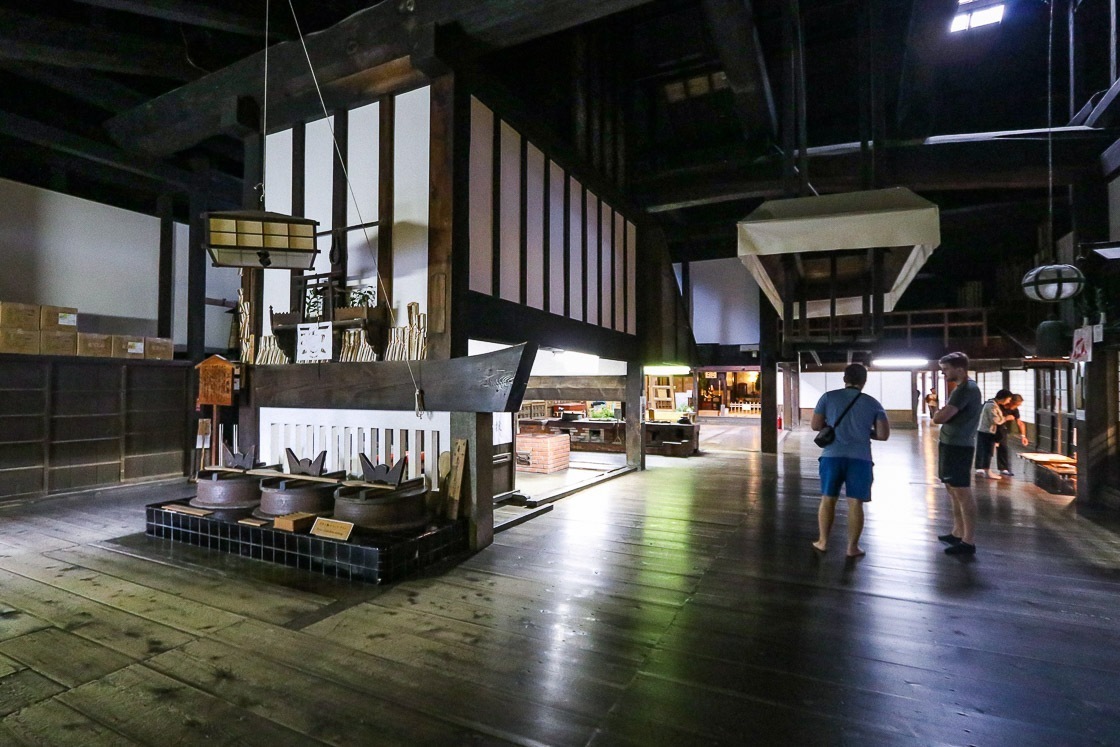
Next was Okunoin, a large cemetery and where Kobo Daishi's mausoleum can be found. It is believed that Kobo Daishi remains in eternal meditation in his mausoleum at the farthest end of the cemetery, and many devotees visit to pay their respects. The traditional approach to the mausoleum is flanked by tall cedar trees and many tombs. It is about two kilometers in length and takes about 30 minutes on foot one way. Ichinohashi, the first bridge, marks the start of the approach to the mausoleum, and continues on towards Nakanohashi, the middle bridge, before finally arriving at Gobyobashi. These three bridges cross over water as a form of symbolic cleansing as one approaches the mausoleum.
I managed to get to Gobyobashi in time to see the twice daily Shojingu ceremony at 6:00 and 10:30 in the morning, in which the head priest at Okunoin and two other monks deliver Buddhist cuisine to Kobo Daishi. This ceremony has been carried out for over a millennia, everyday without fail for the sustenance of Kobo Daishi.
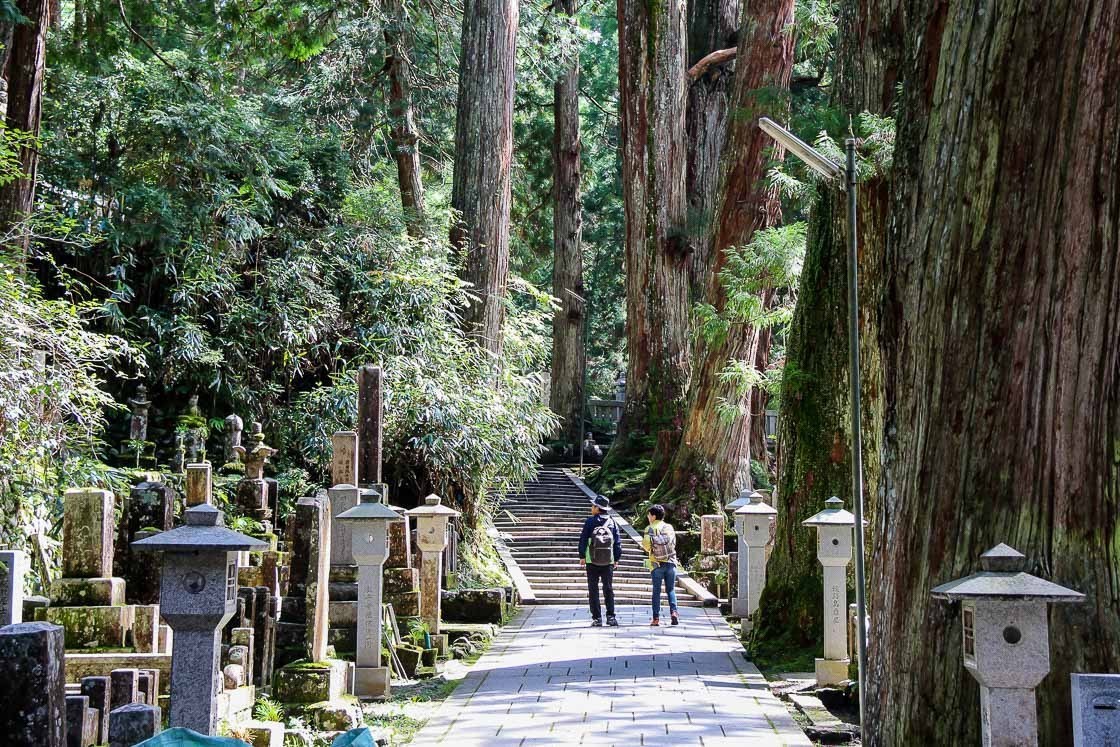
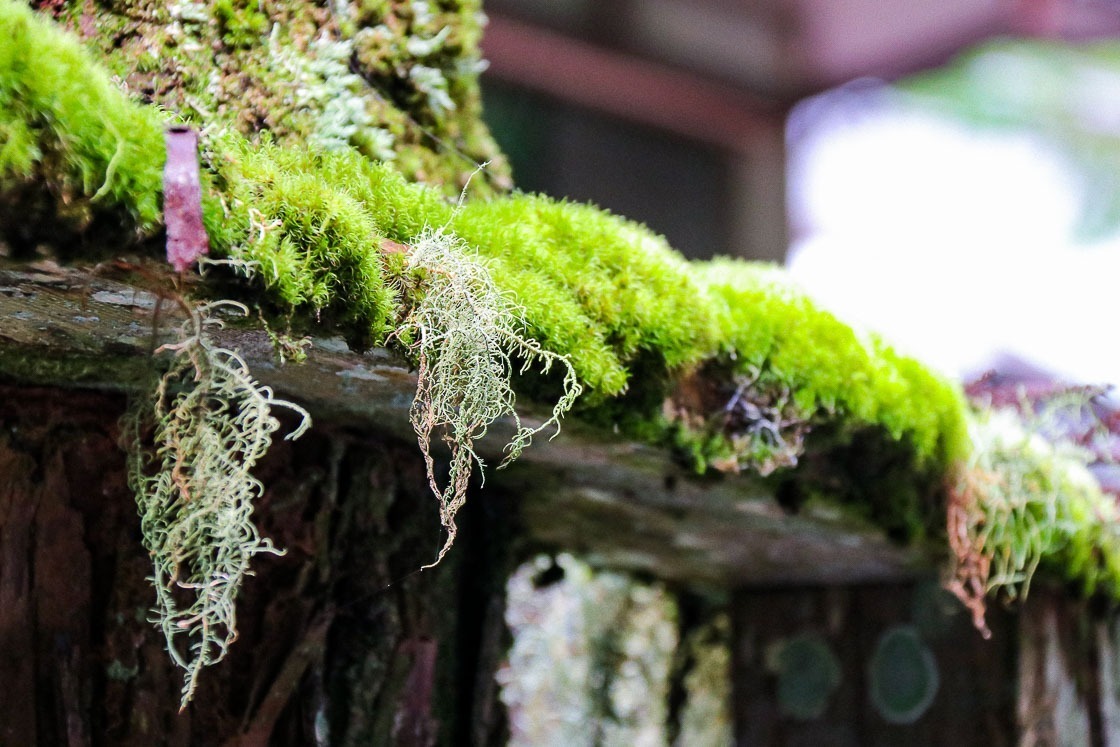
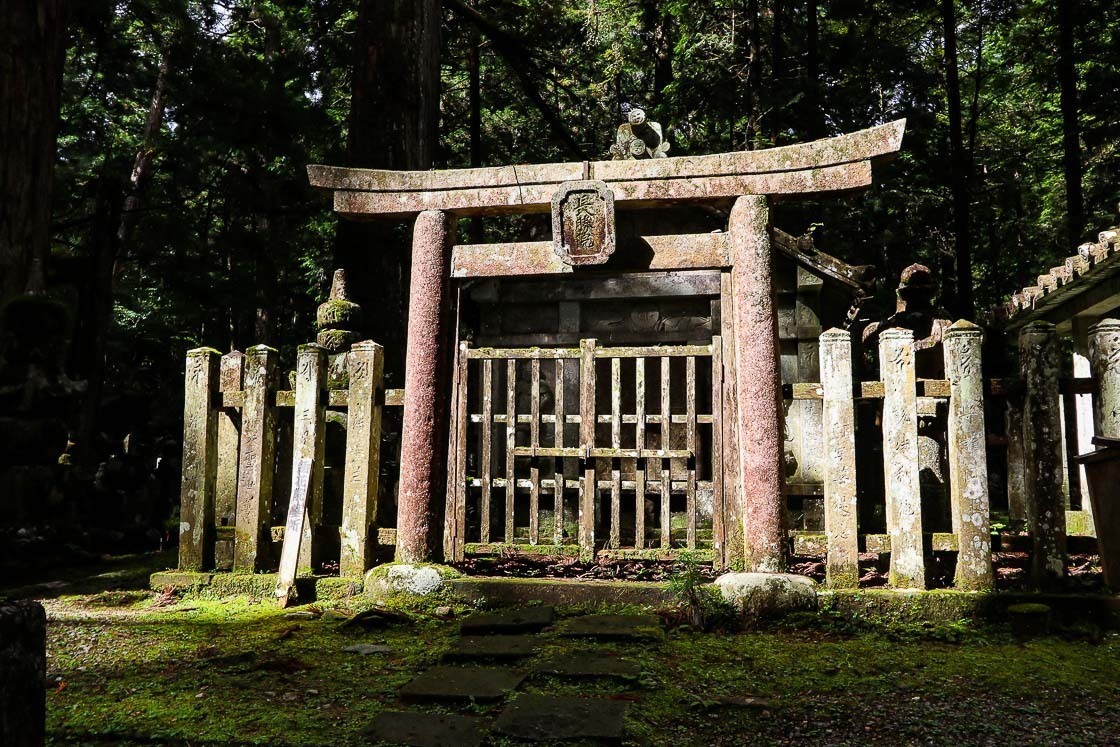
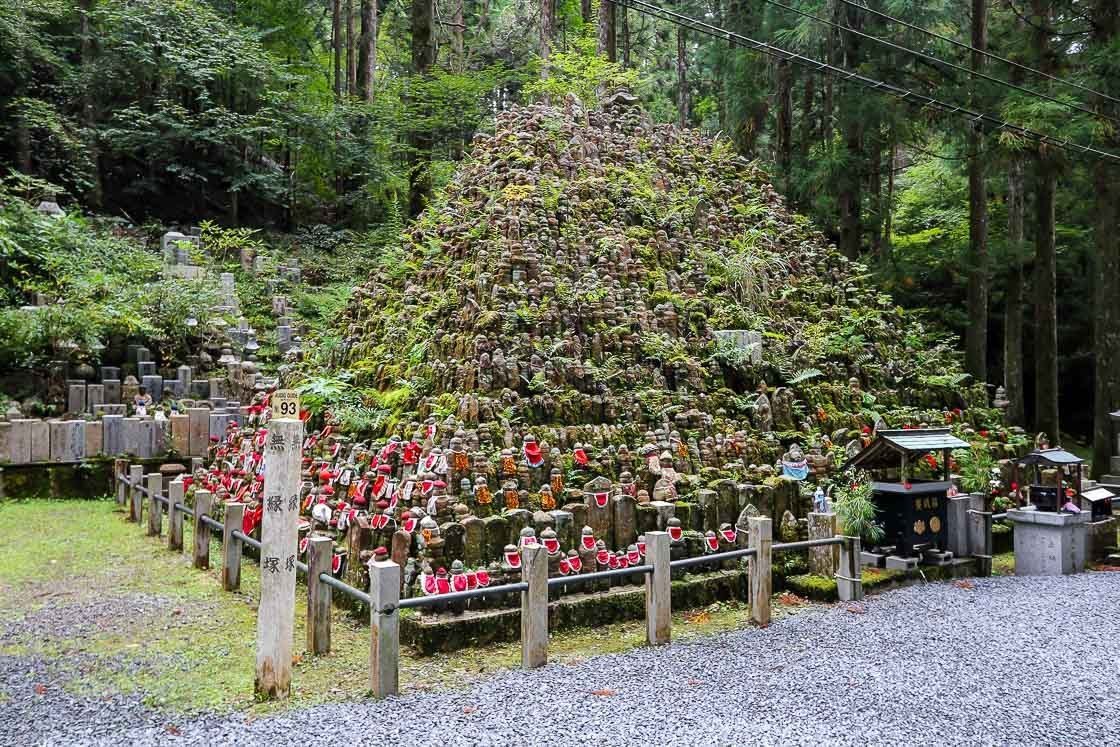
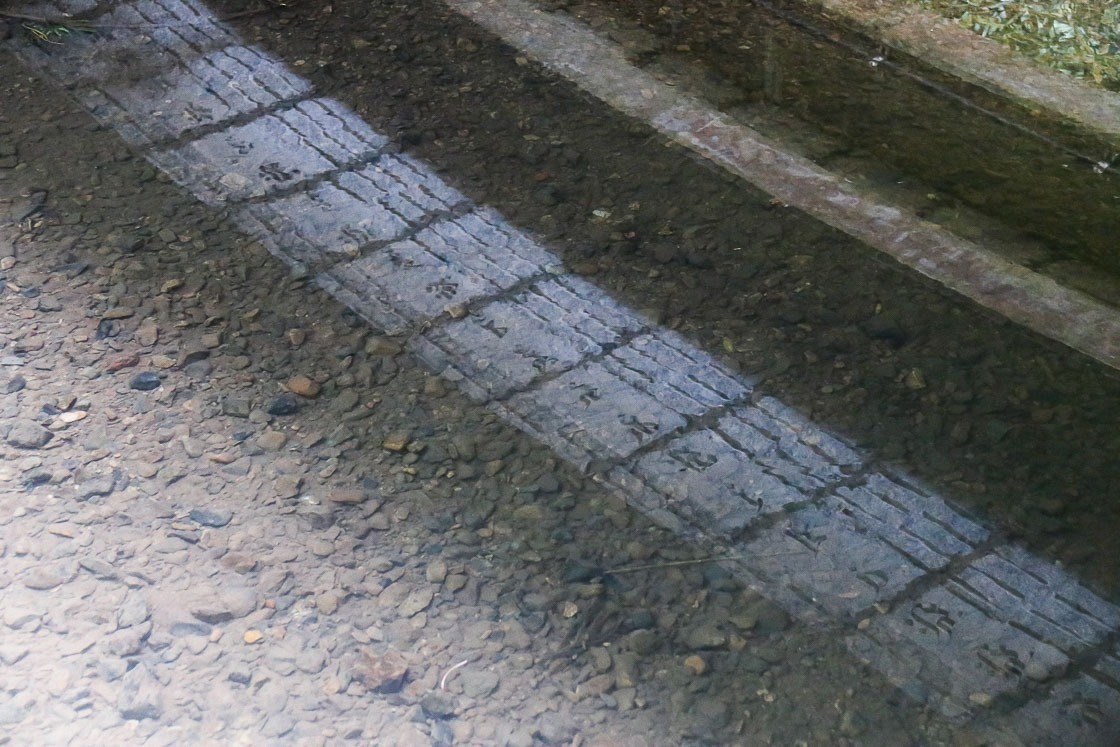
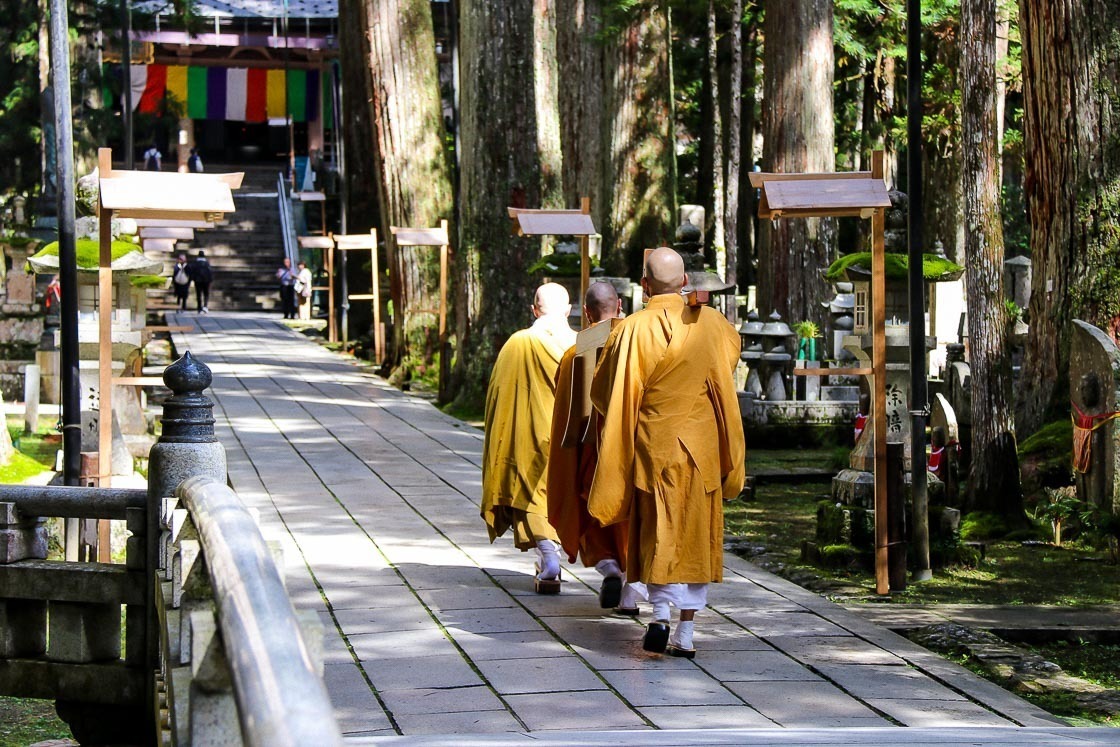
Before the development of paved roads and public transportation, a number of pilgrimage trails were used by pilgrims who wanted to visit the mountain and pay their respects to Kobo Daishi. I decided to hike the southern part of one of the trails, the Nyoninmichi, a former women's pilgrimage route.
Up until 1872, Koyasan maintained a strict gender separation. There were no nuns on the mountain, and women pilgrims were not allowed to pass through the town center so as not to distract the monks and male pilgrims. As such, the Nyoninmichi route circles around the town center and Okunoin. Small worship halls placed at the various entrances into the town allowed women to pray like they were at the temple itself. Today, the town center and temples are open to everyone, and the pilgrimage trails are perfect for those looking to escape the crowds and see a different side of Koyasan.
The section of the Nyoninmichi hiking trail I took starts from the Nakanohashi entrance of Okunoin, cuts through beautiful forests, crosses the Rokuro mountain pass, which affords views of the surrounding mountain tops, before ending at the Daimon Gate. This section of the Nyoninmichi took about three hours to hike, and I made it with time to spare to see the sunset.
I felt a little pensive as I viewed the setting sun; there were so many layers of symbolism to unpack looking west out from Koyasan: Kobo Daishi's birthplace in Shikoku lies west of Koyasan; India, the birthplace of Buddhism, lies west of Japan; and the Buddhist paradise is said to be in the west, as well. For a very brief moment as I watched the sunset, it seemed that everything I saw and experienced today came together as one.
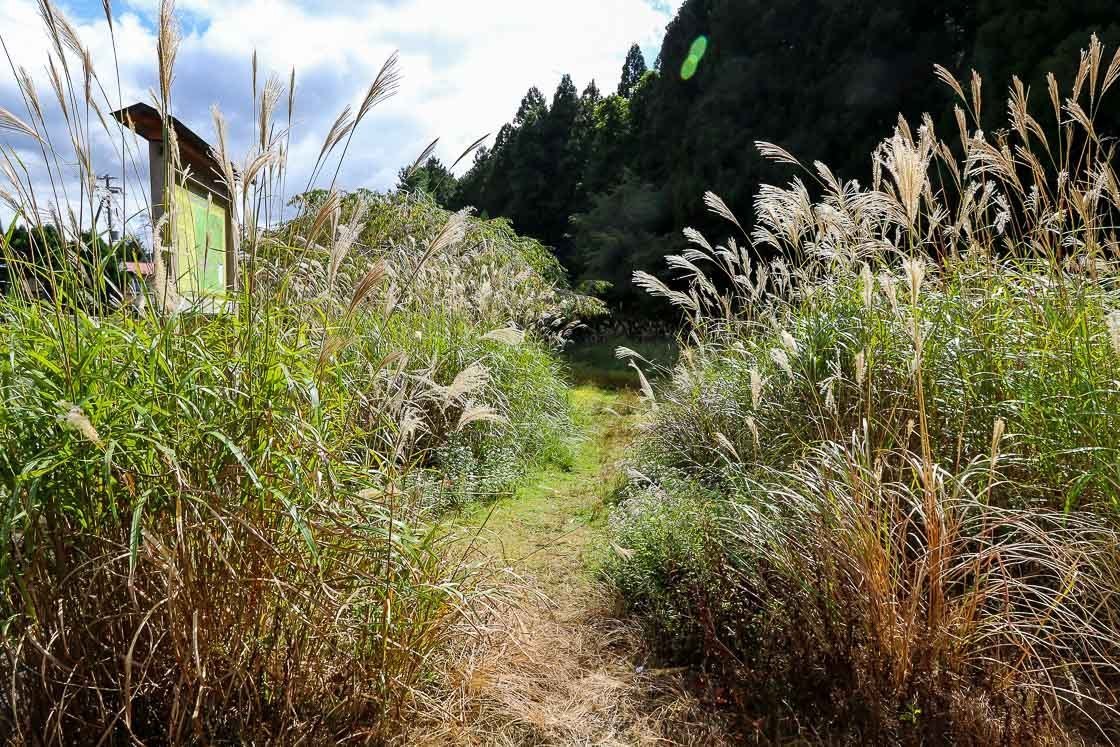
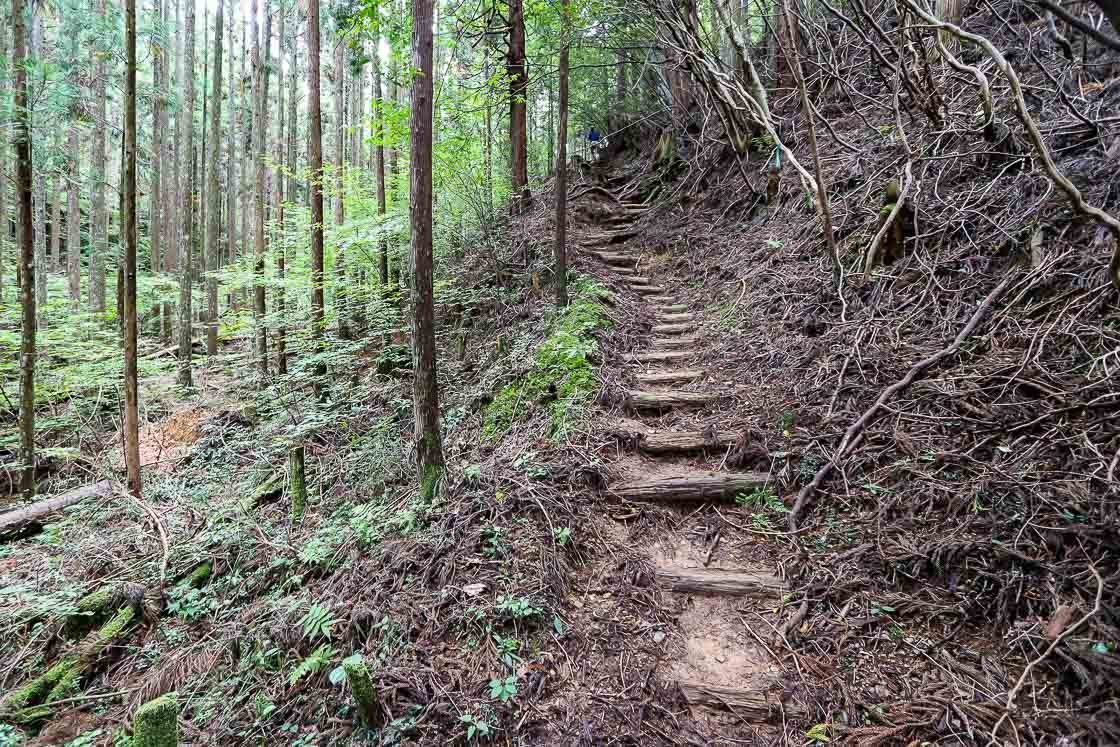
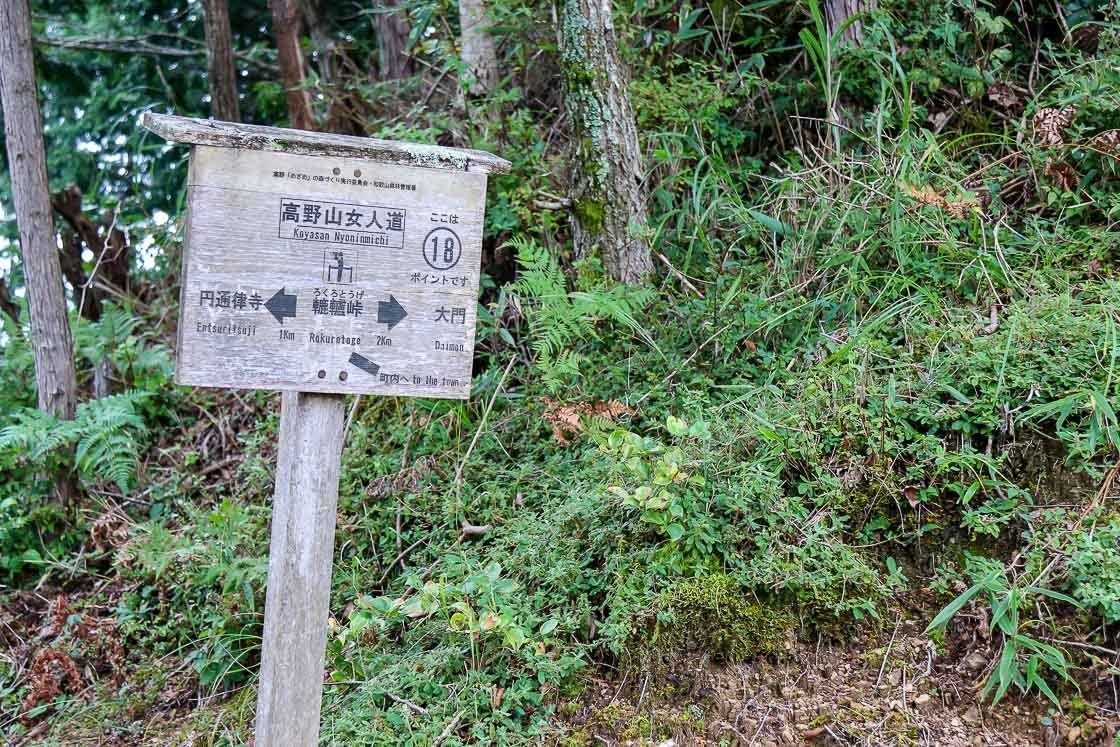
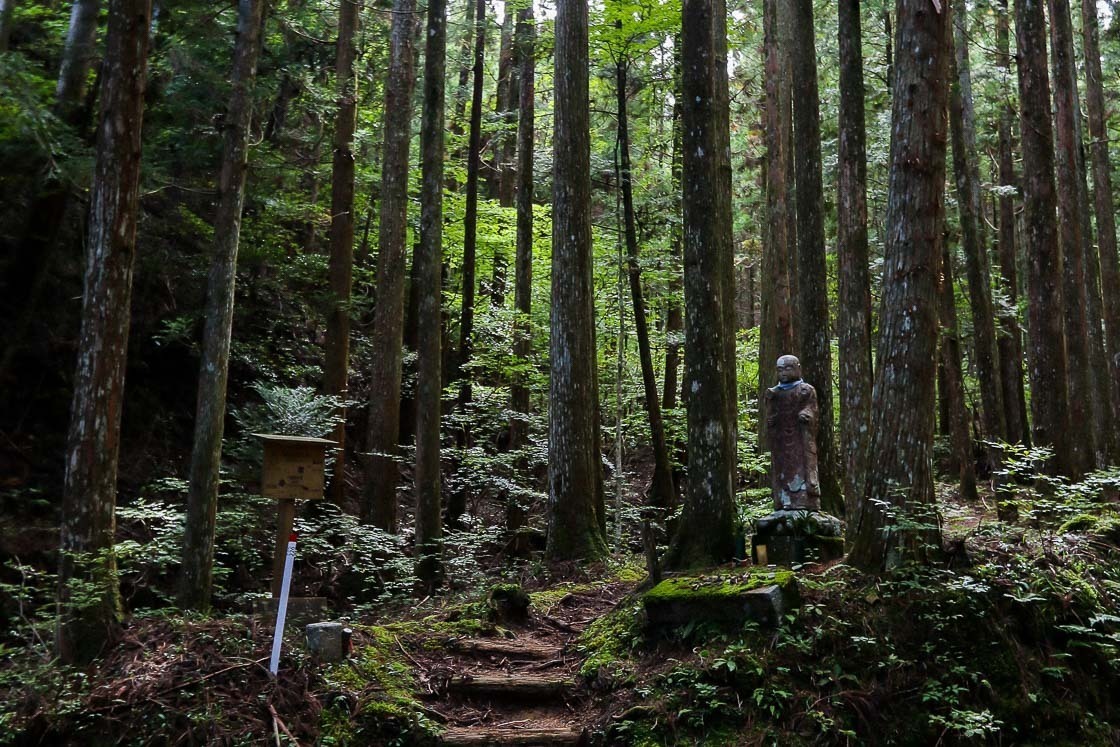
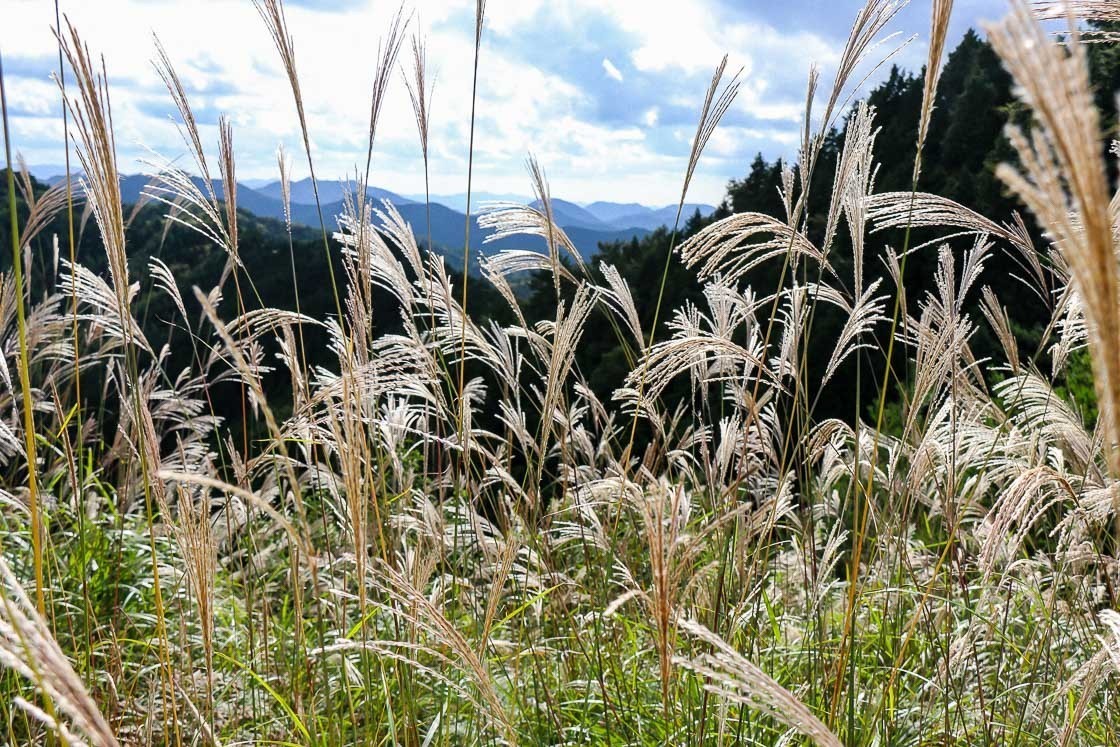
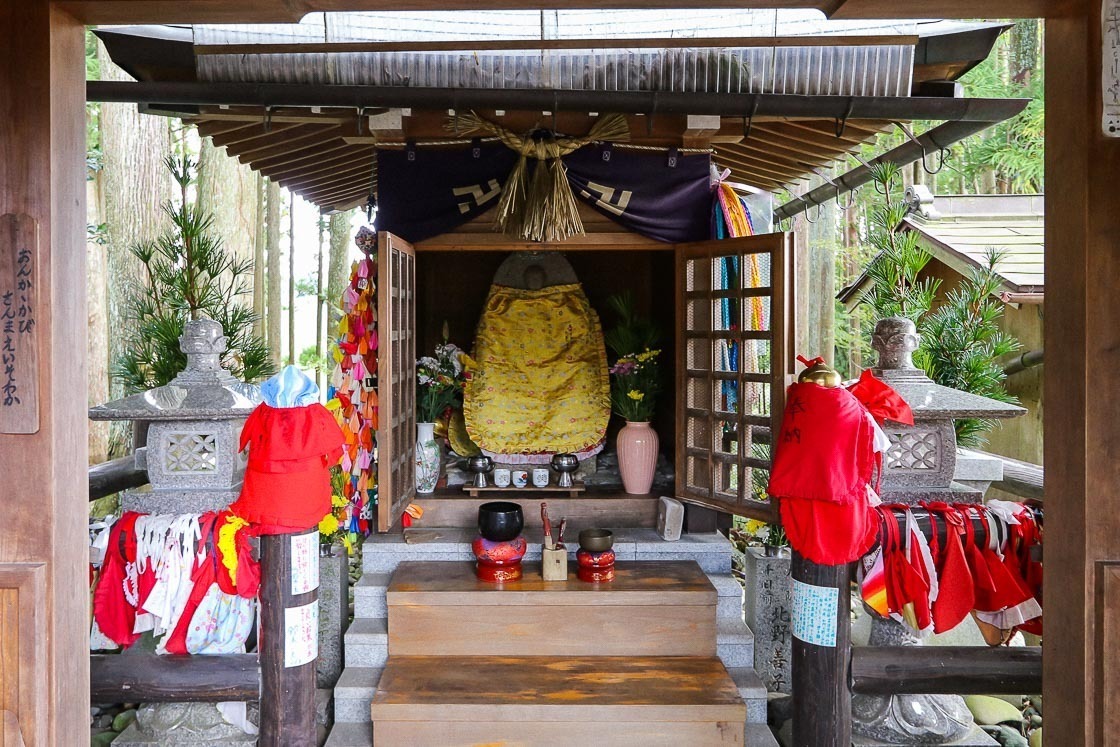
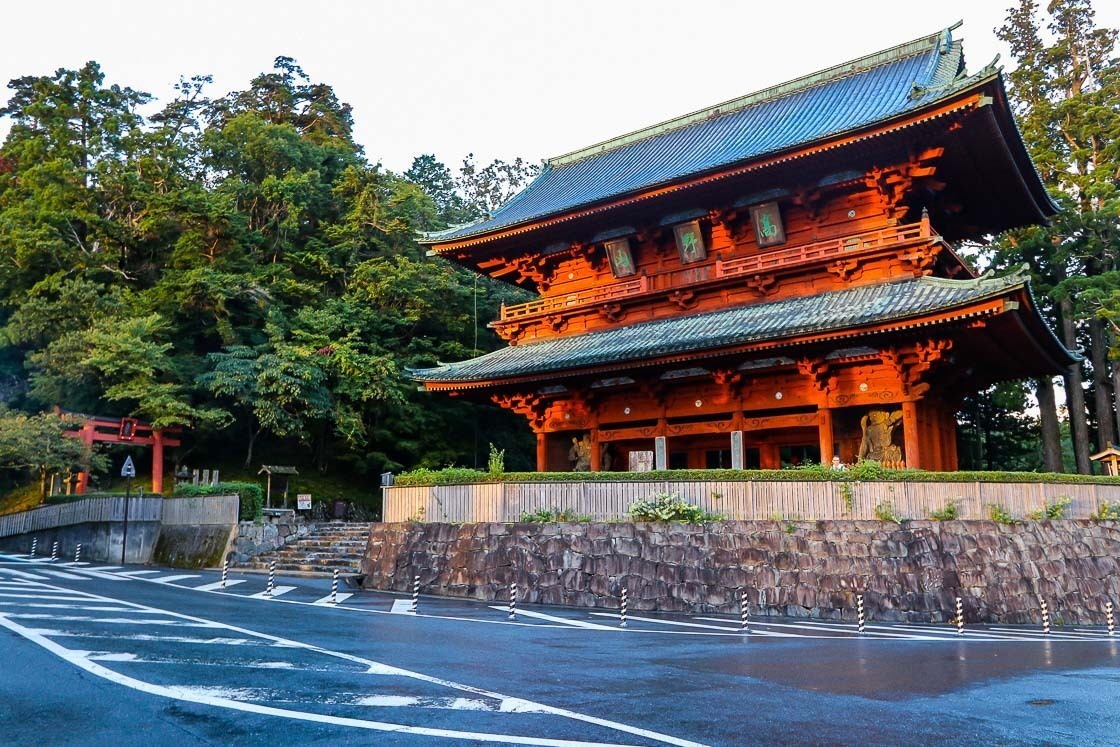
It wasn't long before I had to tear myself away from my thoughts and head to my temple lodging before it got too late and dark. Temple lodgings or shukubo in Japanese, are open to everyone who visits Koyasan, and not just pilgrims, to experience traditional Buddhist culture in a working temple. The shukubo in Koyasan are mostly located in the town center. Many temple lodgings offer temple activities like sutra copying, zazen meditation and morning prayers, and vegetarian traditional Buddhist cuisine is also served at mealtimes.
I stayed at Saimonin, a temple lodging about five minutes on foot from Kongobuji Temple. The quiet accommodation provides simple rooms and gender separate communal toilets and baths. It was soon time for dinner, and while I was expecting a simple Buddhist fare, an absolutely sumptuous and generous spread was served instead. Totally unexpected, and needless to say, I was stuffed by the end of the meal.
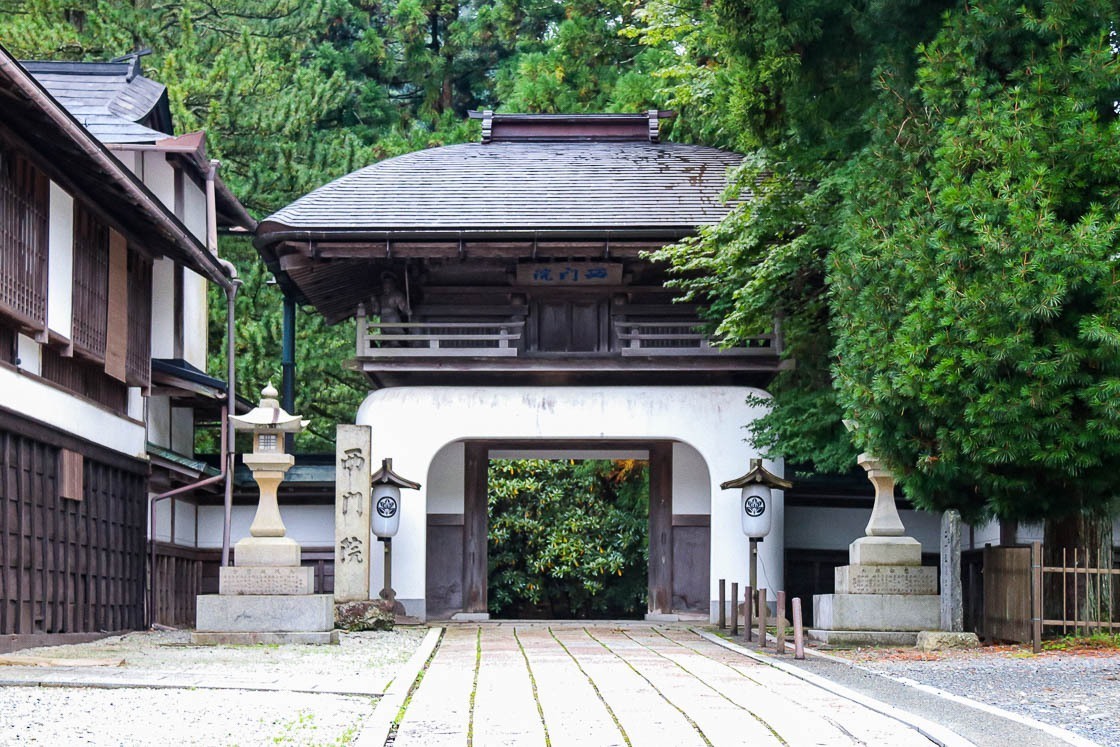
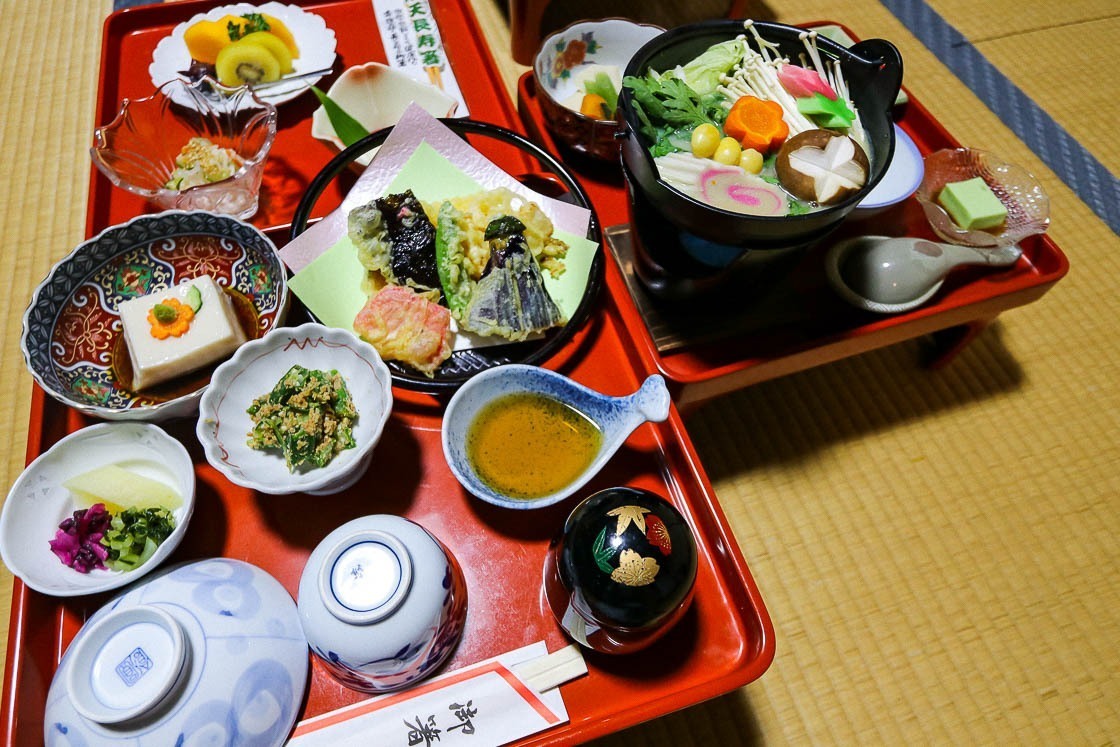
Day 2
My morning at Koyasan started with the otsutome scripture reading at my temple lodging before breakfast. Otsutome (Gongyo) rites are typically carried out in the morning at temples, and while attendance is not compulsory for travellers, it is highly recommended to see and experience Buddhist culture on Koyasan. Additionally, I found that it was a good way of cultivating and practicing mindfulness. The meditative effect I felt during the ceremony allowed me to take stock of the day to come and set the tone for the rest of the day.
After breakfast, I got ready to head down the mountain and back into the city. The port town of Sakai was my destination for the day, and I was looking forward to learning more about the local tea and sake culture.
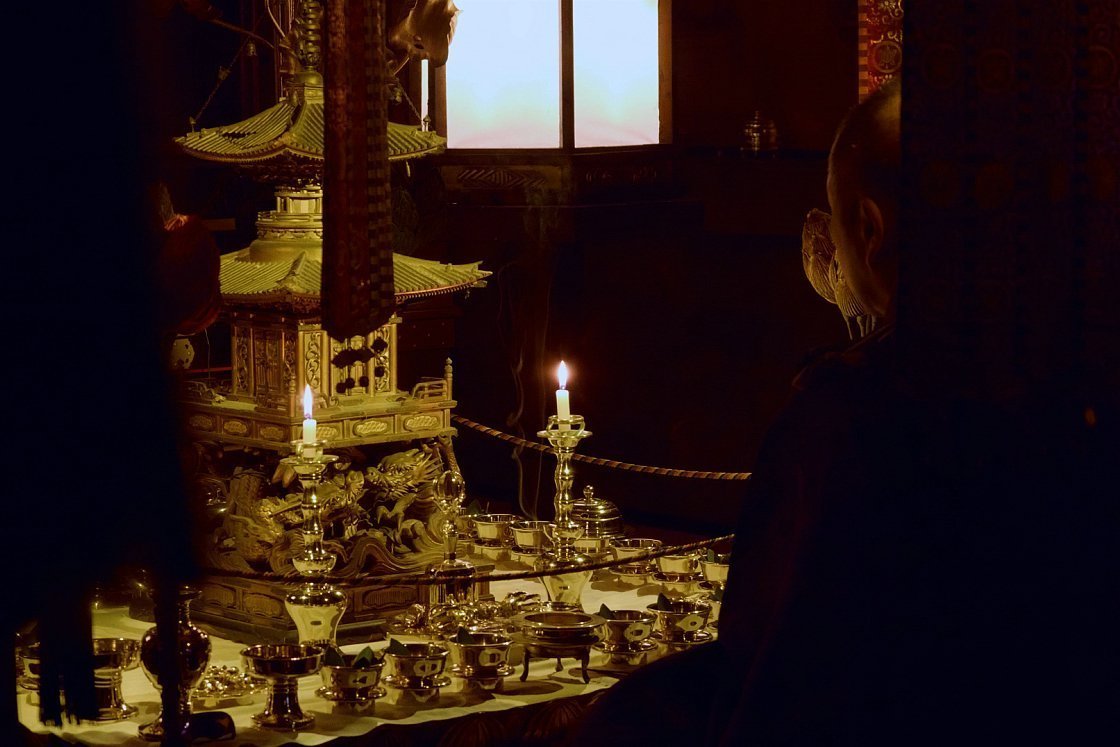
I started my adventure in Sakai with a visit to the Sakai Plaza of Rikyu and Akiko, a museum and tea experience facility, that stands out from the neighboring buildings with its beautiful glass exterior. In the entrance lobby is a small diorama of Sakai as it used to look, and it provided a little insight to the port town. My main purpose though, was to visit the Sen no Rikyu Chanoyukan, the museum introducing the history of tea as well as the relationship of tea master Sen no Rikyu with the various important and influential people like Oda Nobunaga who passed through the city of Sakai. There are also a number of tea cups on display in the museum.
After the short introduction to tea, I took some time to participate in a tea ceremony. The tea experience took place in a traditional Japanese room. The instructor patiently explained all the steps and meanings to the tea ceremony, starting from when I entered the room. It was quite an eye-opener, especially for those who have never participated in a tea ceremony before, to be introduced to the intricacies of the art form which I found extremely educational. I also had the opportunity to whisk up some tea after participating in the tea ceremony.
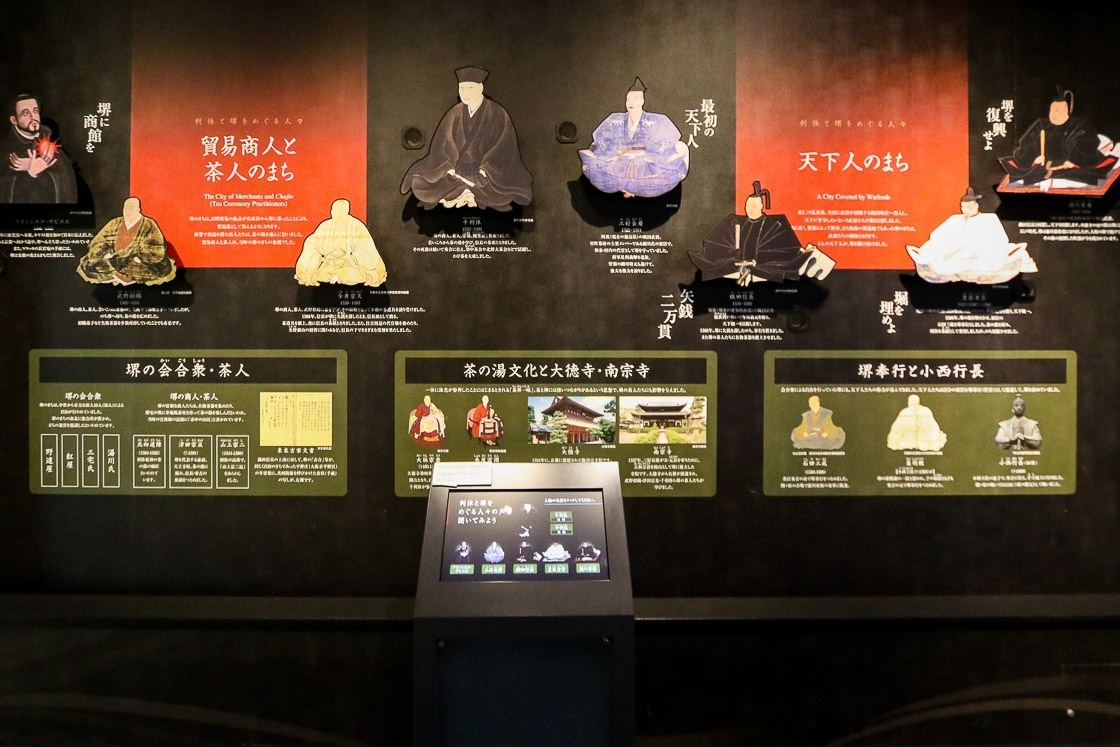
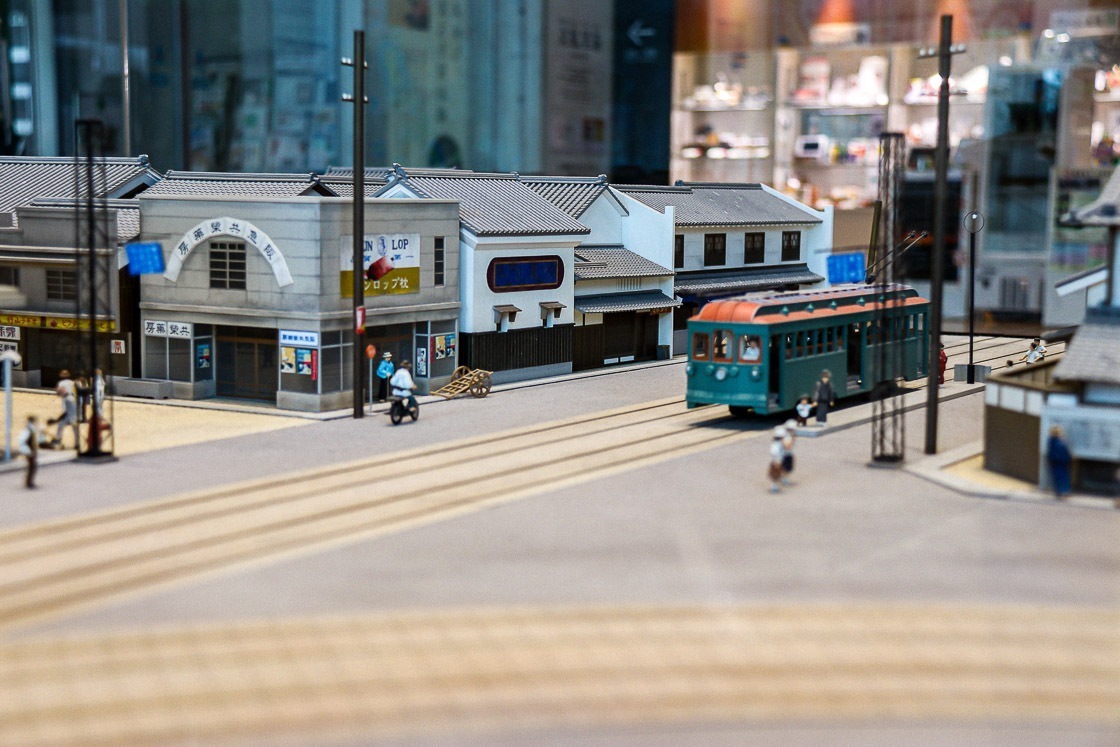
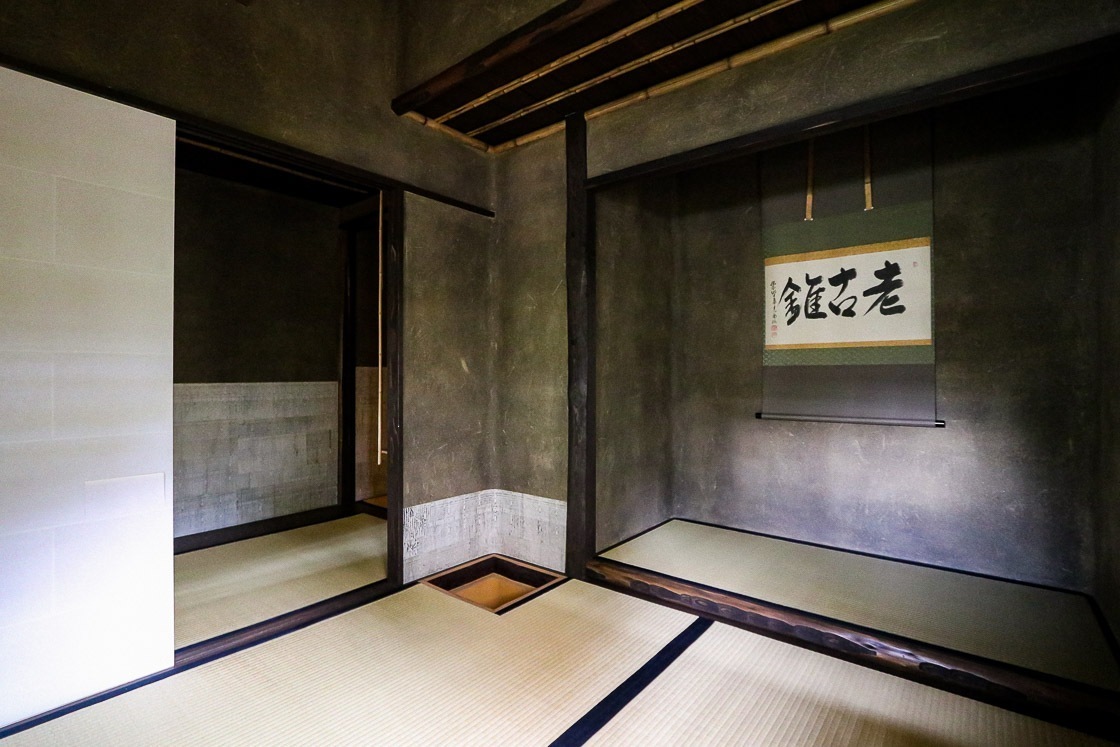
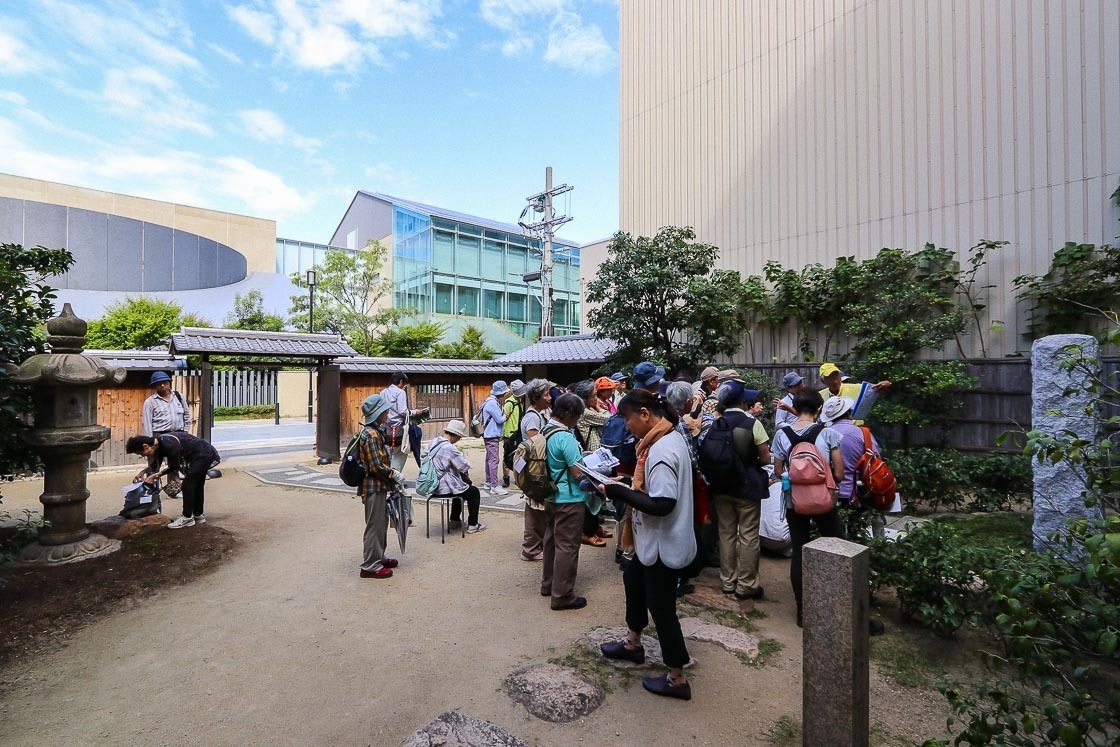
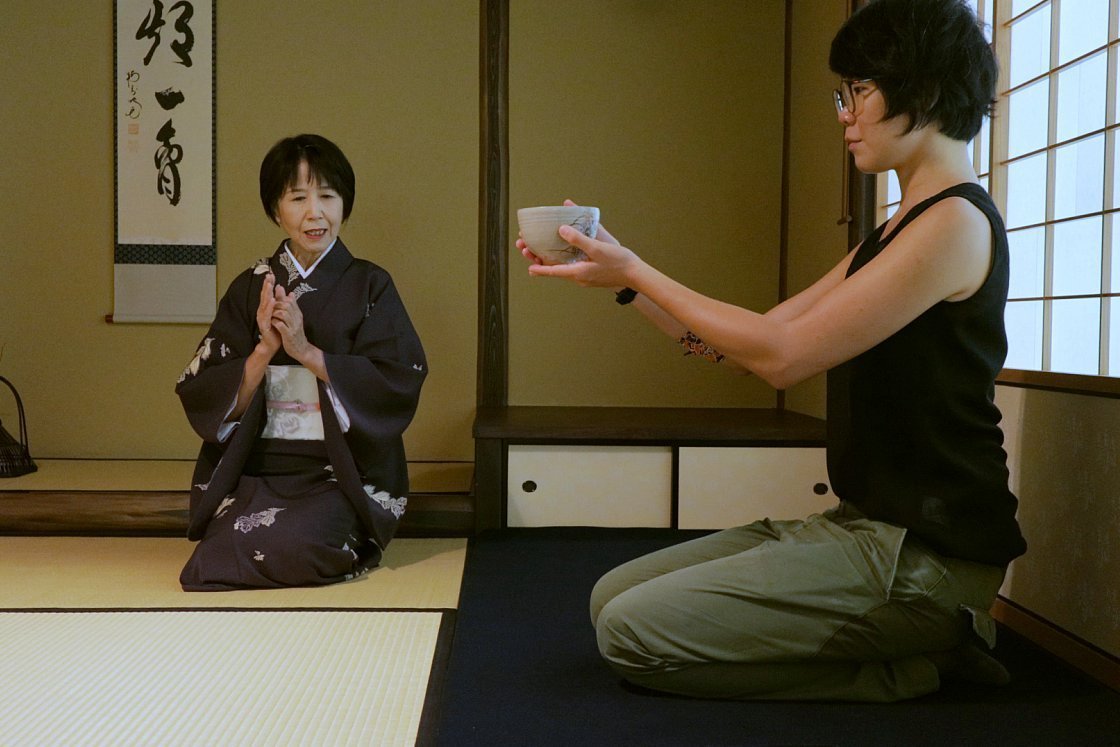
From there, I took the streetcar to my lunch spot, Tsuboichi Saryo. The shop started as a tea business - which it still is - and has expanded to include a restaurant serving sweets and meals. The aroma of tea fills the air at the shop, and I was ready for a tea-infused lunch. I had a set meal consisting of delectable side dishes as well as a main course of rice porridge cooked in tea. It was unlike anything I had before, and I loved the combination of all the flavours. Finally, having tea and sweets for dessert brought my meal to a perfect end.
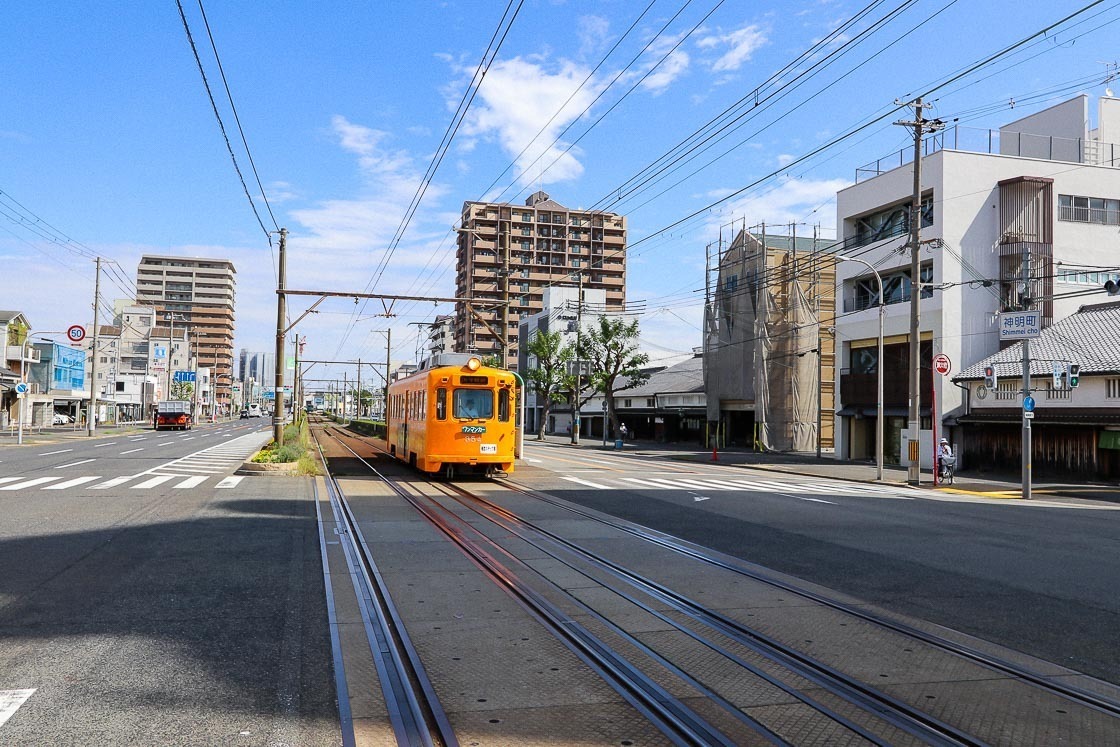
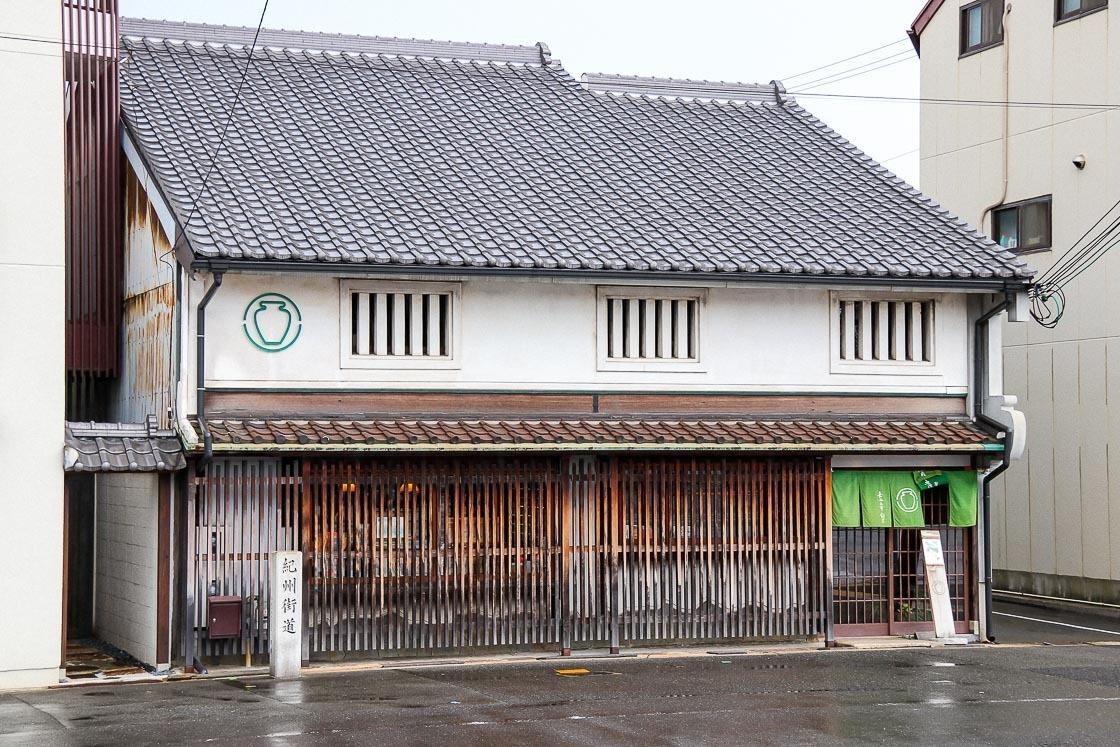
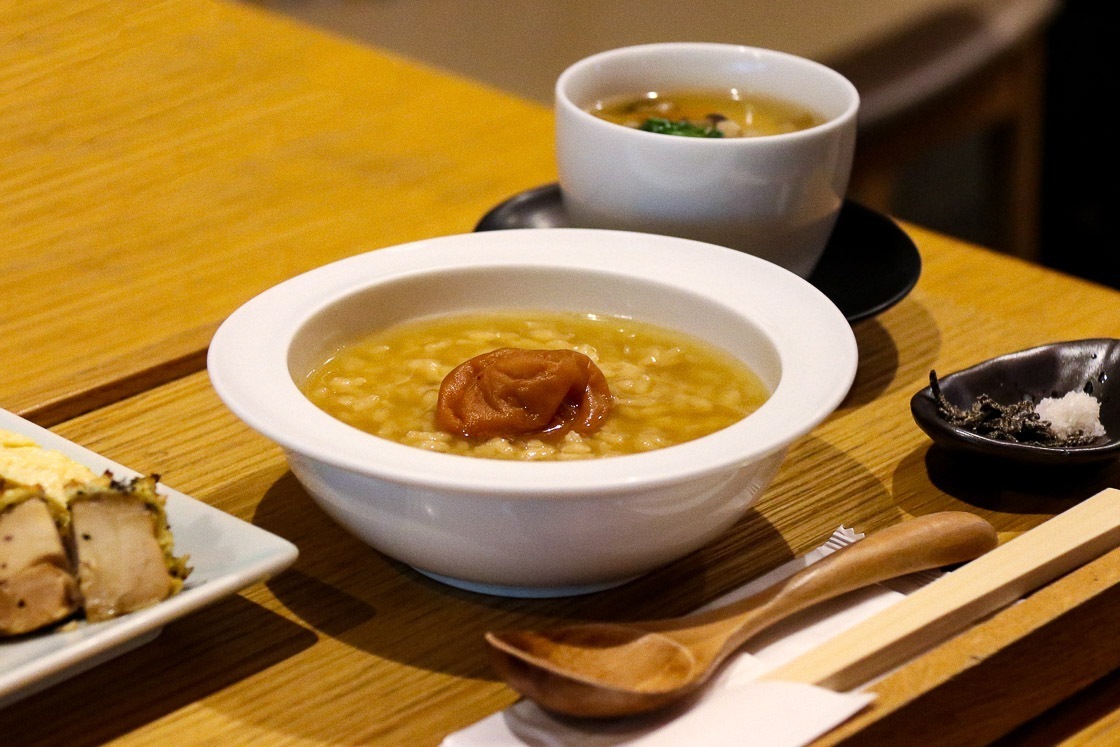
Next on my list was the Sakai Izumi Sake Brewery, a local sake brewery. While sampling and purchasing sake is available to everyone, I also had the special opportunity to take a tour of the brewery. Inside, I learned about the ingredients and hard work it takes to make sake, and then tried some of the delicious end product. Interestingly, the brewery's main label is named after the tea master Sen no Rikyu, which reflects its origins in Sakai and its heritage.
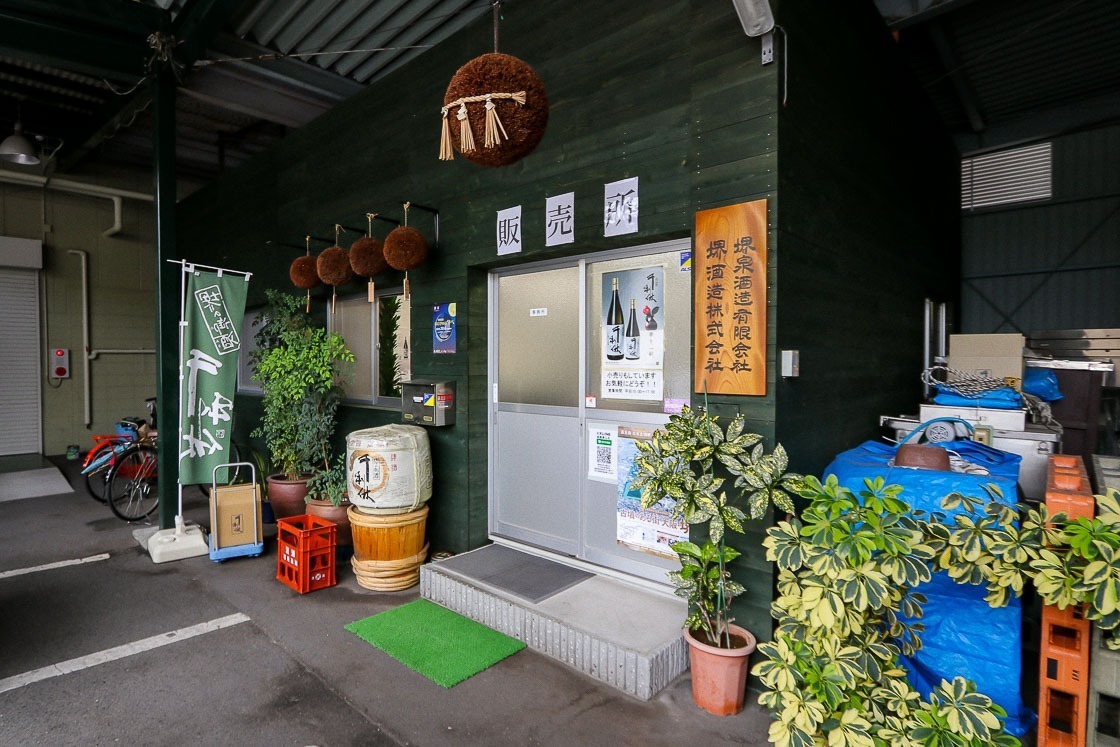
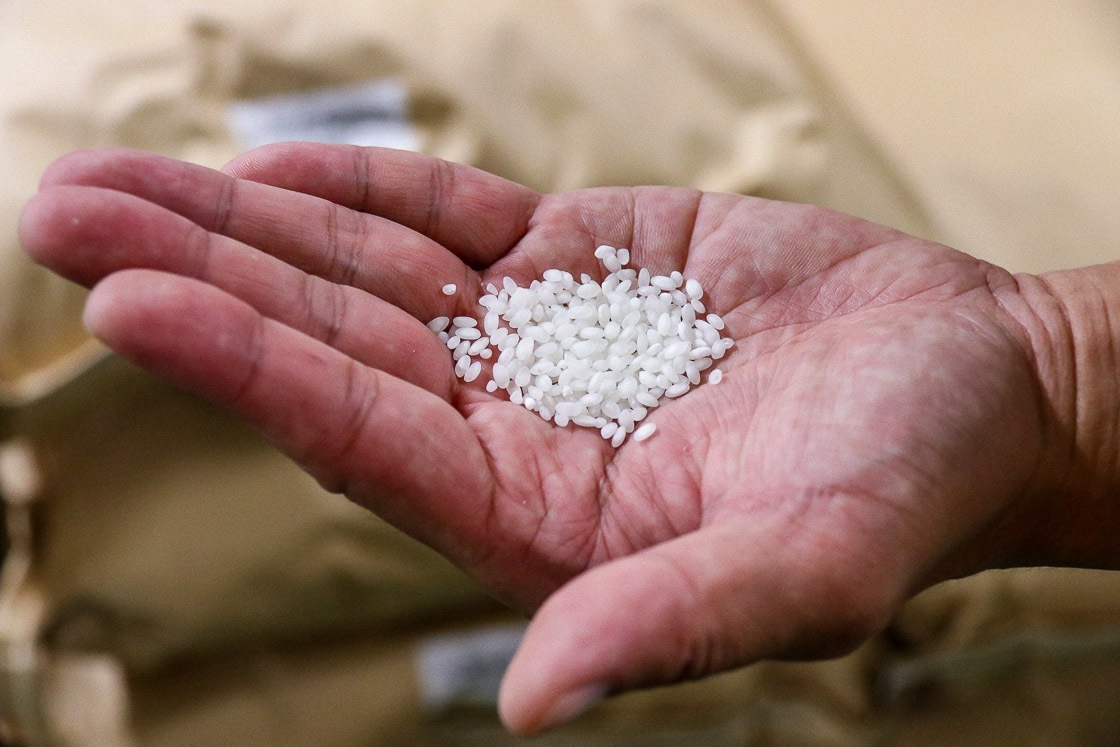
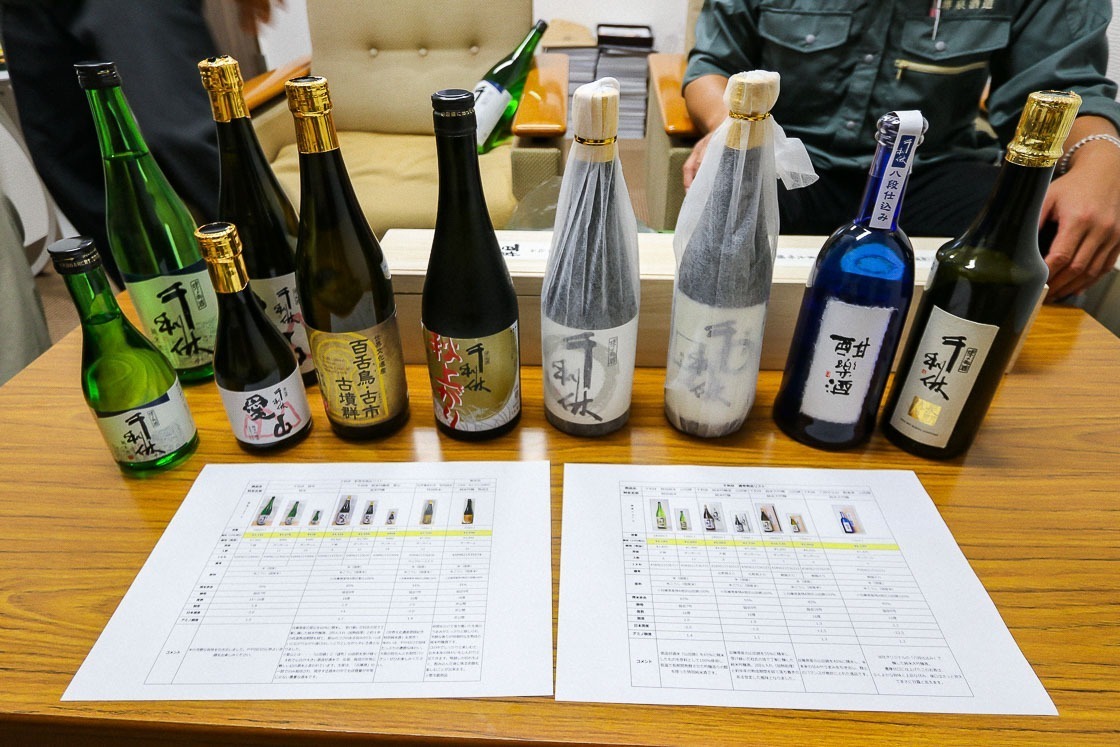
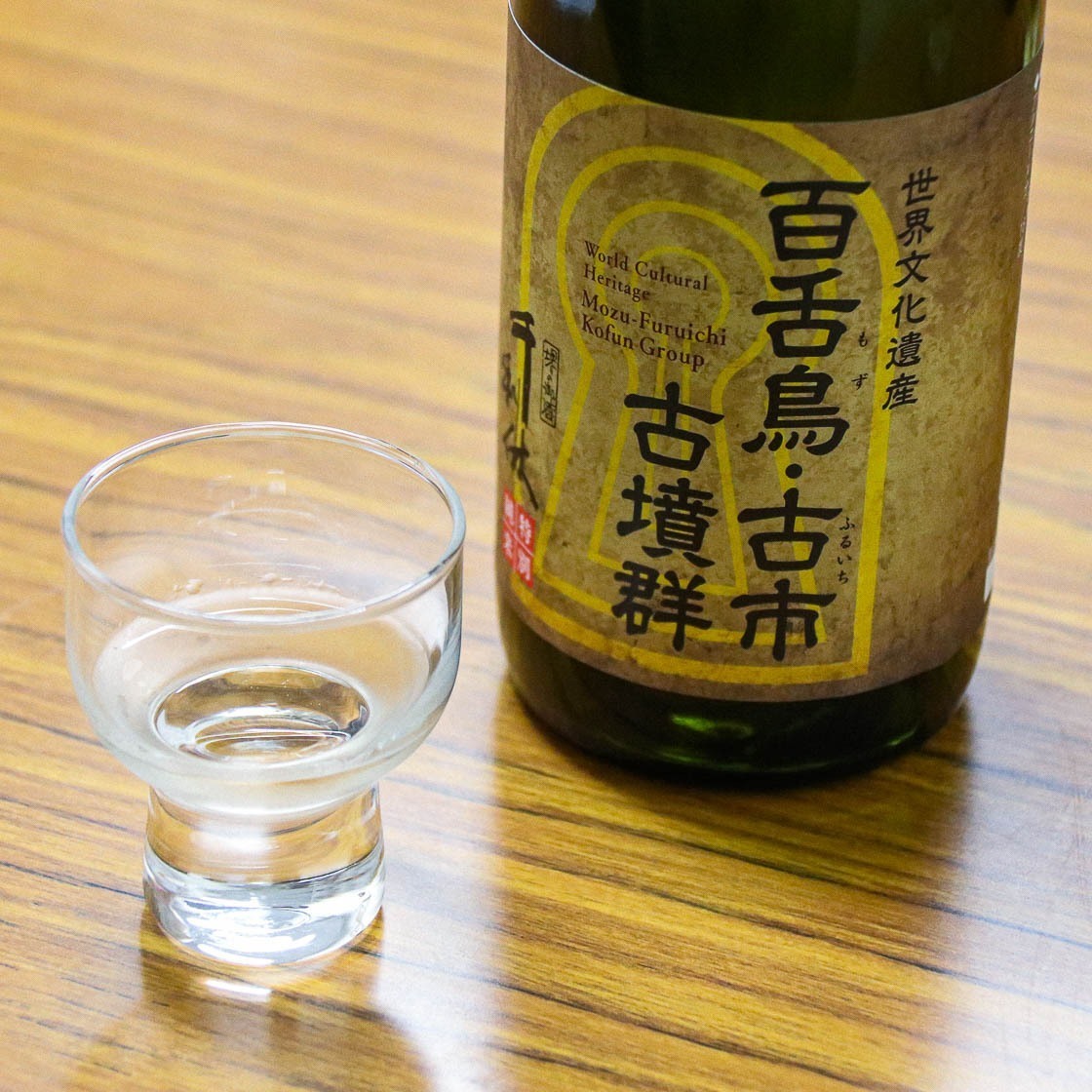
Finally, to cap my trip in Sakai, I went to the nearby Mozu Kofun Group. These burial mounds or kofun, come in various shapes and sizes, and were the tombs of former emperors and aristocrats of ancient Japan. The Mozu Kofun Group are part of the larger Mozu-Furuichi Kofungun, a group of 49 kofun which were recently designated a UNESCO World Heritage. The largest tomb in the group as well as in Japan is the Nintoku-tenno-ryo Kofun in Sakai, which is not far from the places I visited earlier.
The Mozu Kofun Group are spread out over three kilometers around Daisen Park and the neighbouring areas. I visited the Nintoku-tenno-ryo Kofun, as well as a few others in the nearby park where I was able to see some burial mounds up close before drawing my trip to a close.
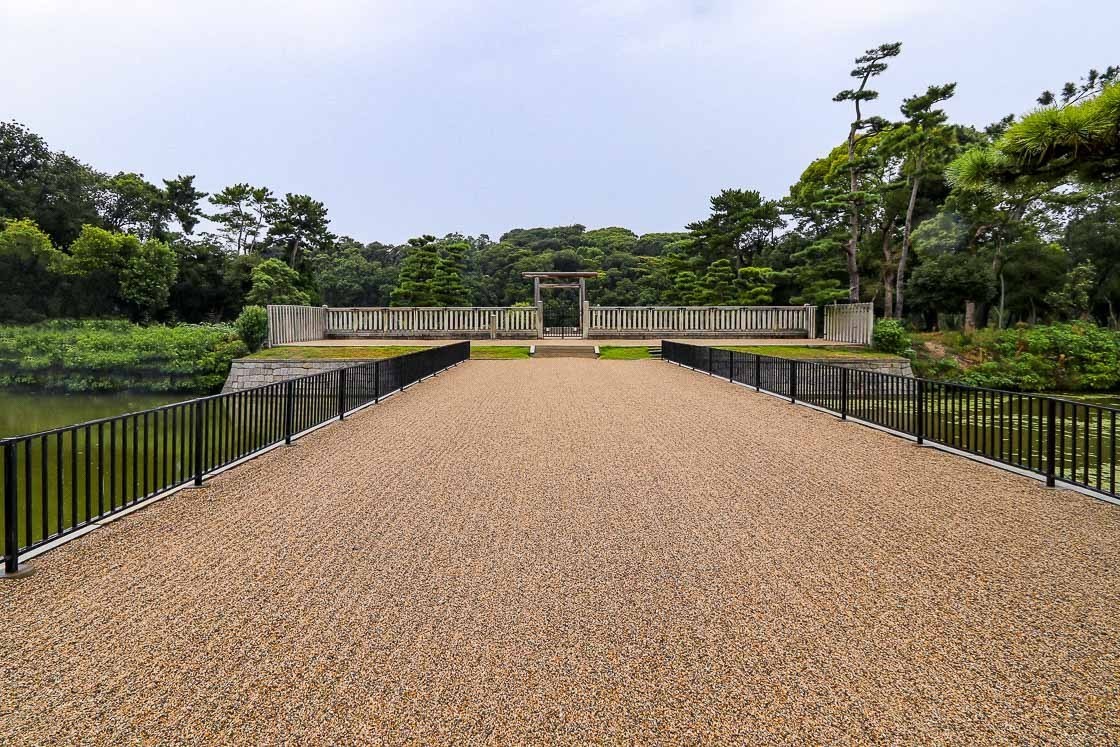
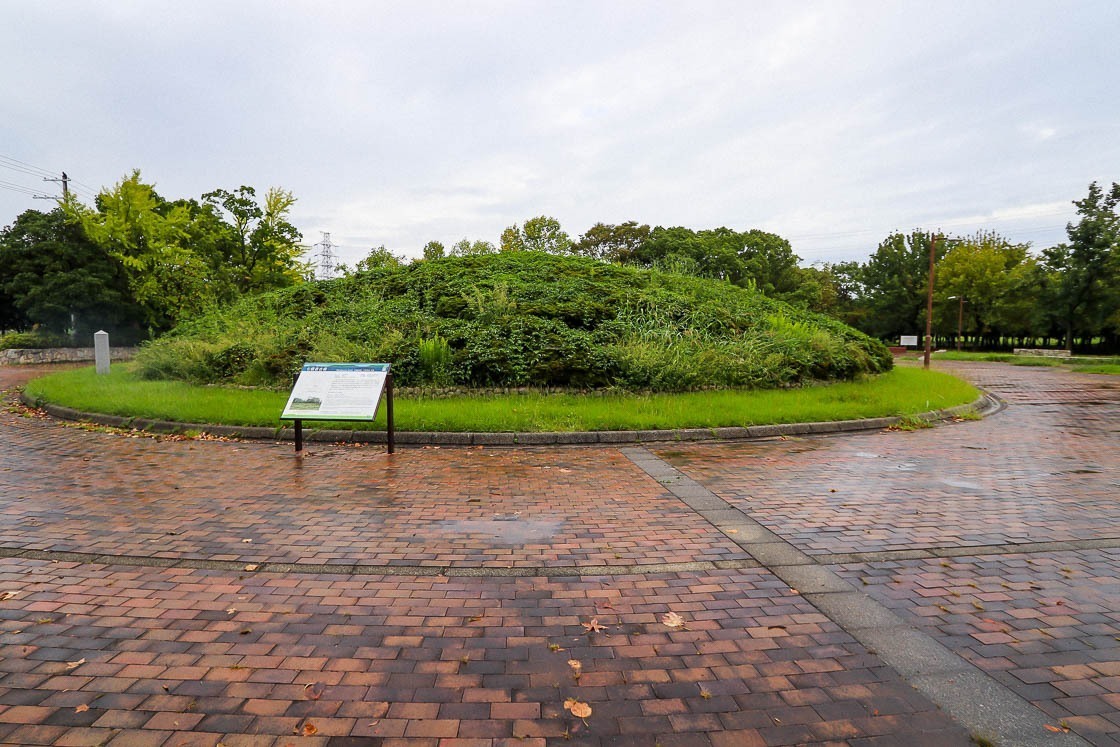
I had quite an epic two days, visiting the revered Koyasan and hiking around it and taking part in various activities in Sakai while learning about tea and sake. Definitely a trip worth considering for those who want to see a different side of Japan.
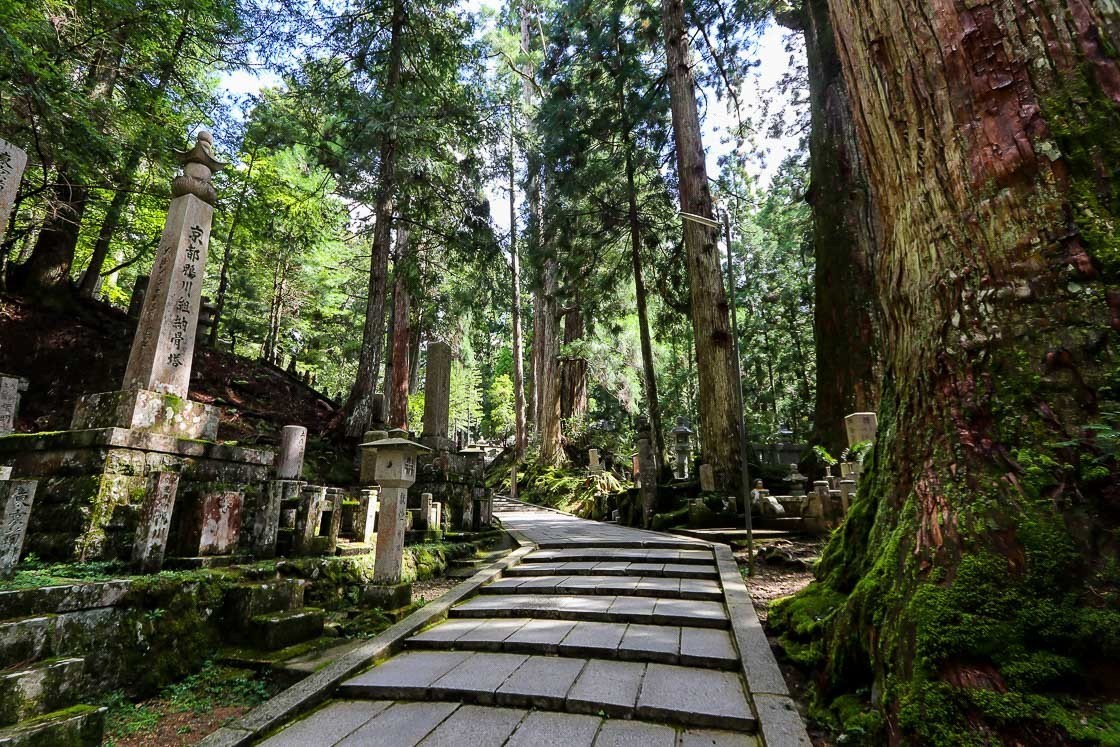
Access
Nankai Railway provides access from Kansai International Airport (KIX) to Osaka, Koyasan and Sakai.
How to get to and around Koyasan from KIX
From Kansai International Airport, take a Nankai train bound for Namba and transfer at Tengachaya to the Nankai Koya Line bound for Gokurakubashi, where the Koyasan Cable Car provides the final transition to Koyasan Station at the top of the mountain. The entire journey with good connections takes about 145 minutes and costs between 2440-3230 yen one way depending on the train category. Buses connect Koyasan Station with the various attractions in the town of Koyasan.
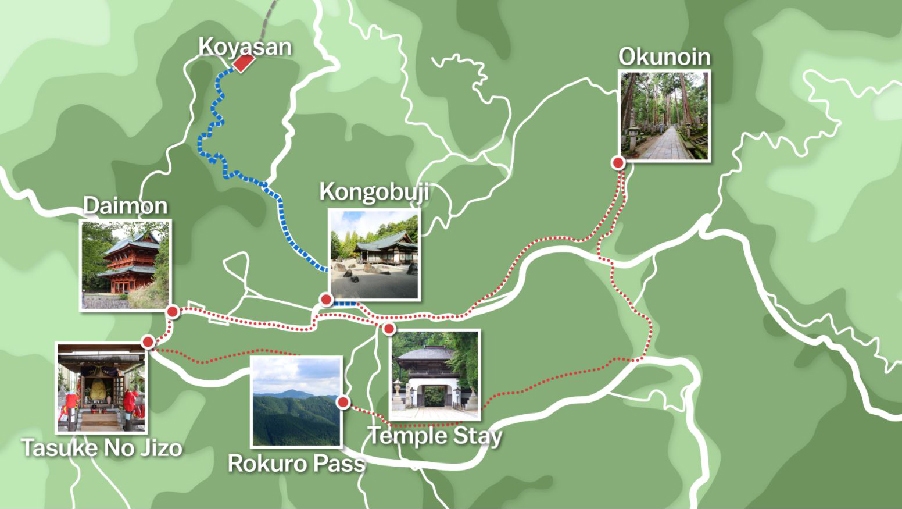
How to get to and around Sakai from Koyasan
From Koyasan Station, take the Koyasan Cable Car to Gokurakubashi Station. From there, take the Nankai Koya Line to Tengachaya and transfer to a train on the Nankai Line to Sakai Station. The entire journey with good connections takes about 110 minutes and costs between 1430 yen on a local train to 2220 yen one way if using a limited express train.
Sakai Plaza of Rikyu and Akiko is about one kilometer from Sakai Station, and it takes about 15 minutes to walk between the two places. It is also a short walk from Shukuin Station on the Hankai Tramway streetcar.
Tsuboichi Tea Shop is a stone's throw from Shimmeicho Station on the Hankai Tramway streetcar. The one way journey from Shukuin Station not far from Sakai Plaza of Rikyu and Akiko to Shimmeicho Station takes less than ten minutes and costs 210 yen.
Sakai Izumi Brewery is about 500 meters from either Shukuin Station on the Hankai Tramway or Sakai Station on the Nankai Line, and it takes less than ten minutes to walk there on foot from either stations.
Mozu Kofun Group is about three kilometers from Sakai Izumi Brewery. Take a bus from the Kawajiri bus stop near the brewery and get off at Daisen Nakamachi (15 minutes, 220 yen one way). Daisen Park and the tombs are about a 15-20 minute walk from the bus stop.
